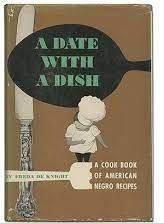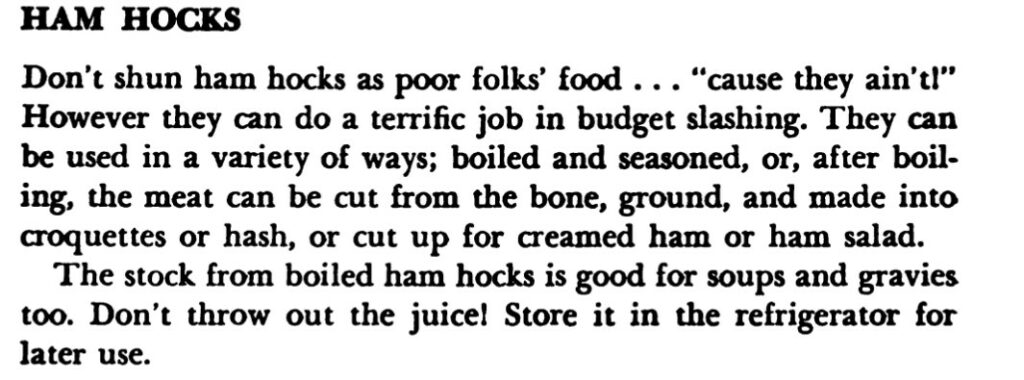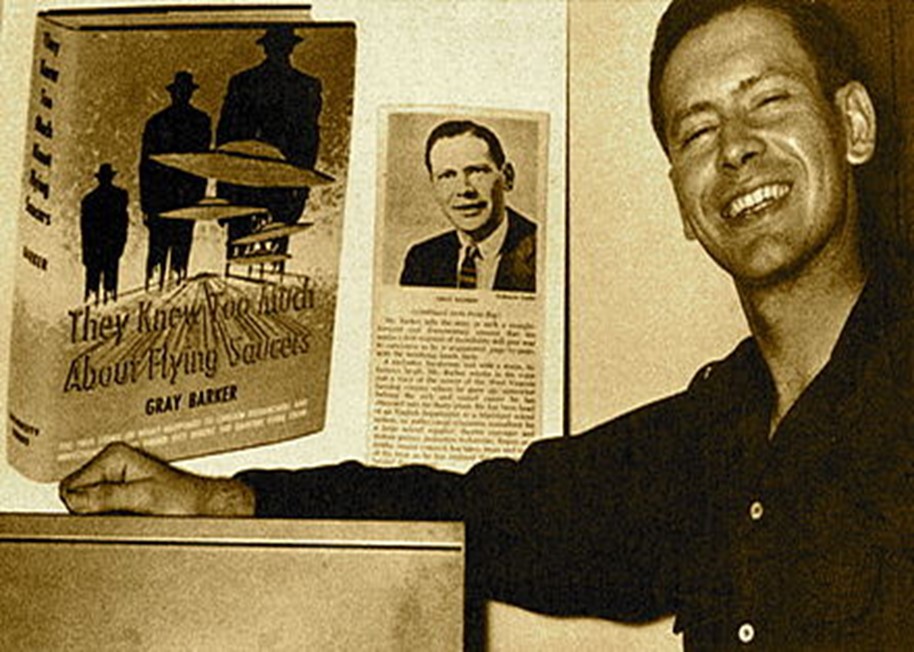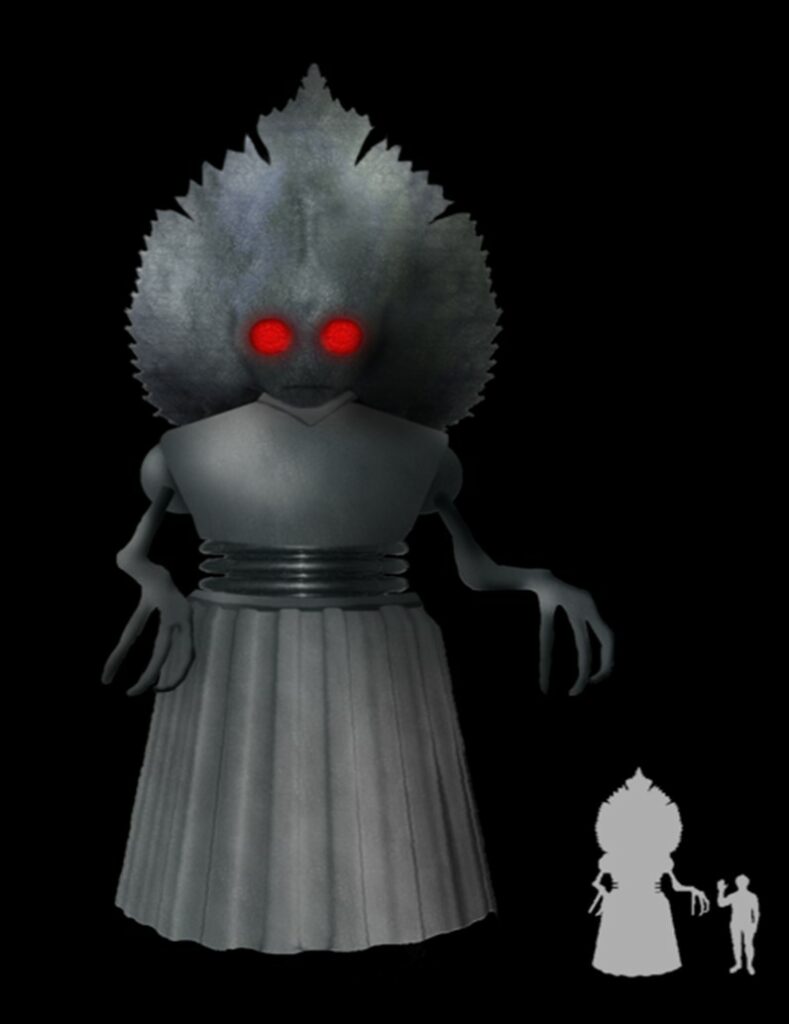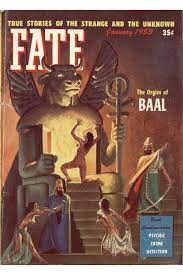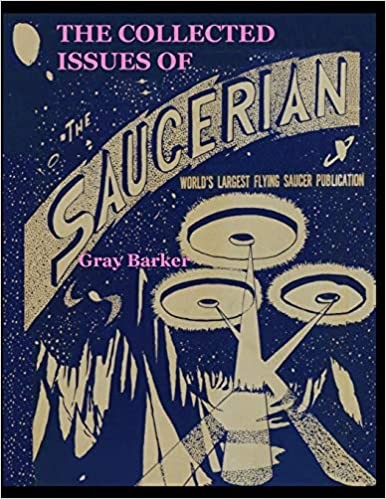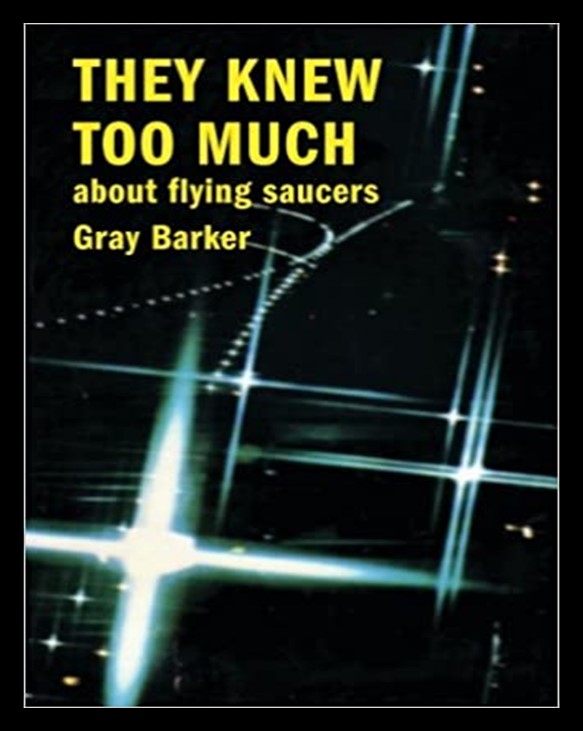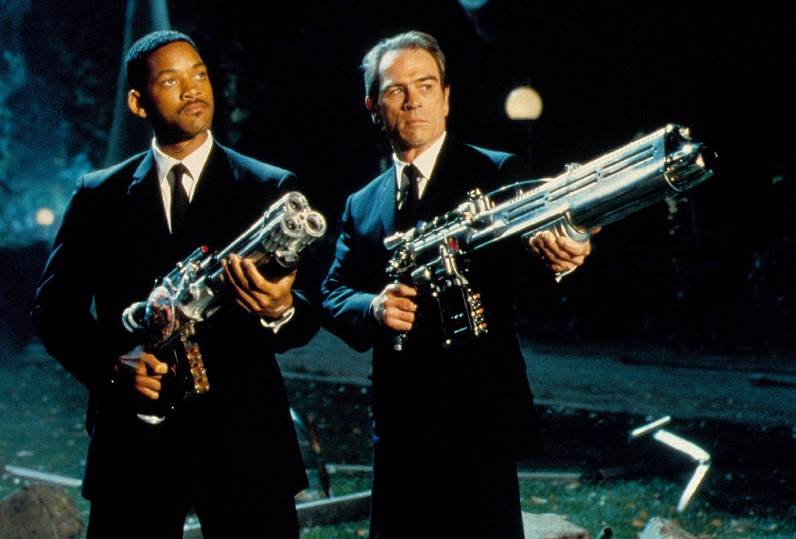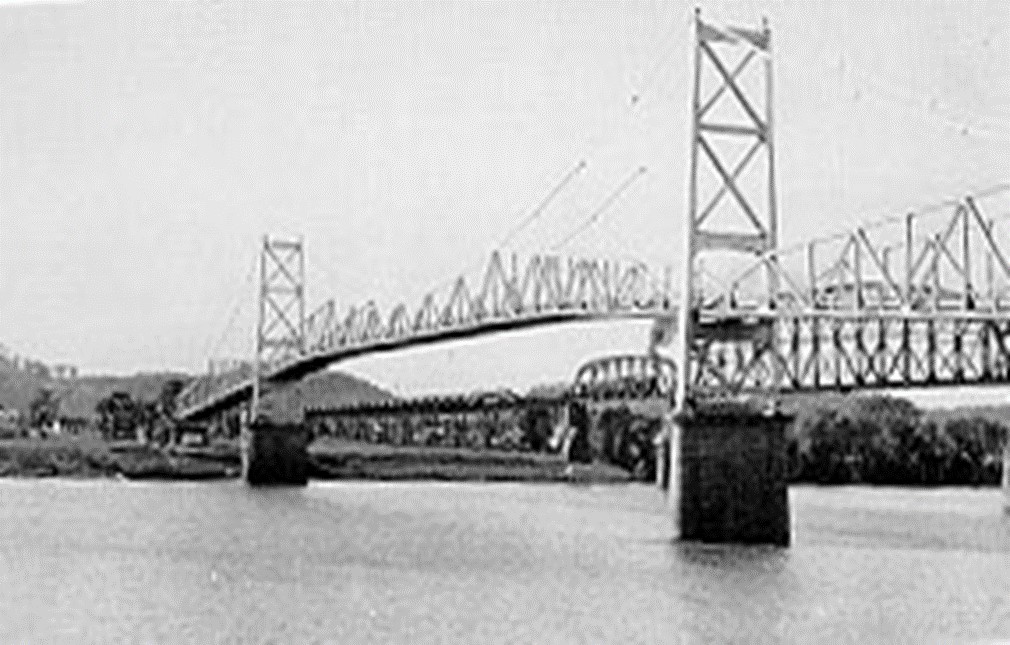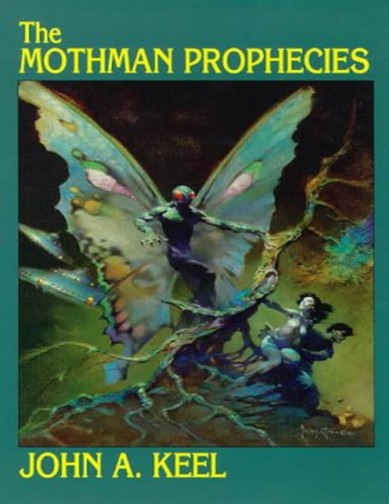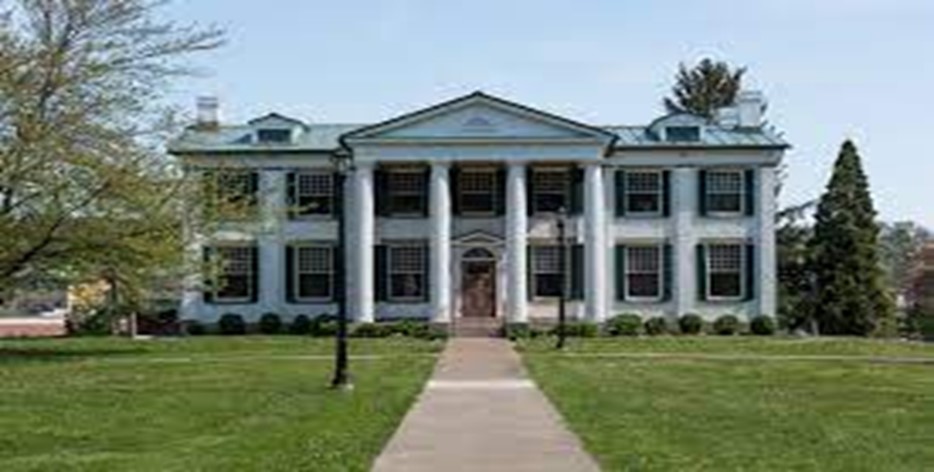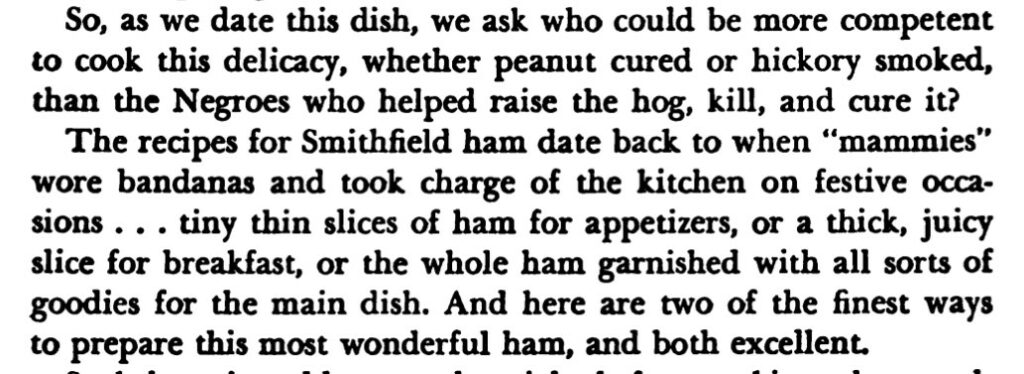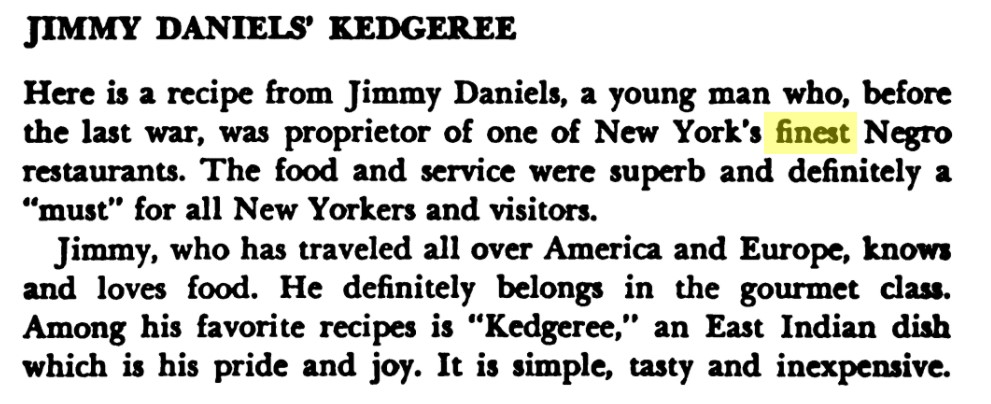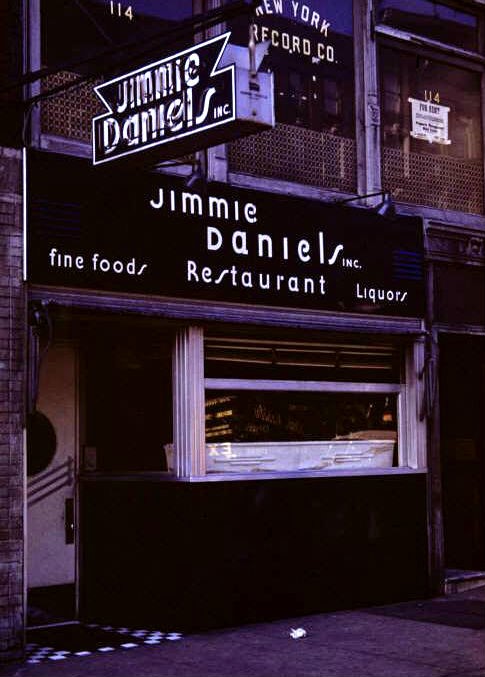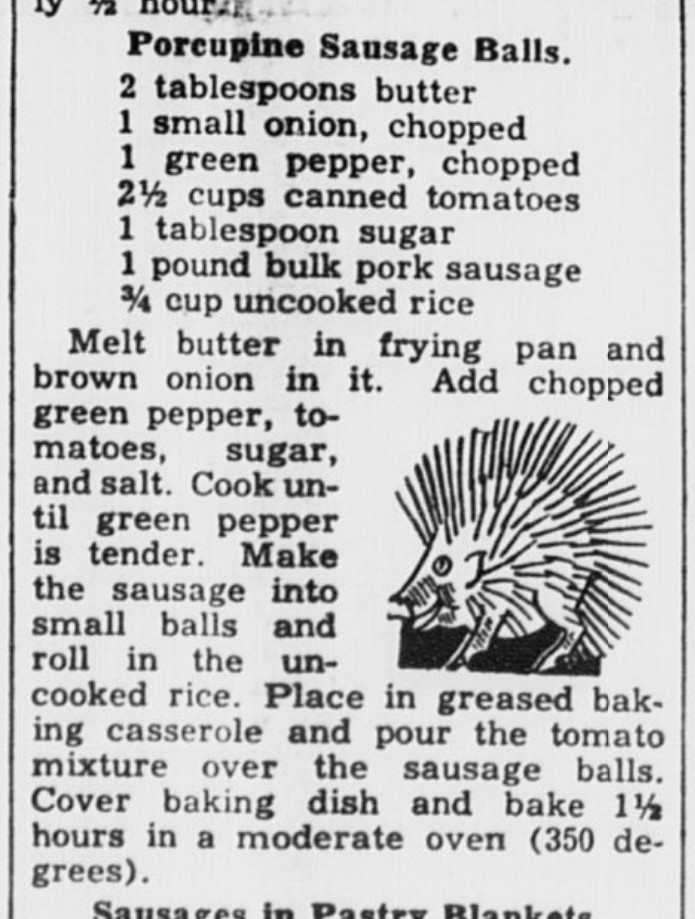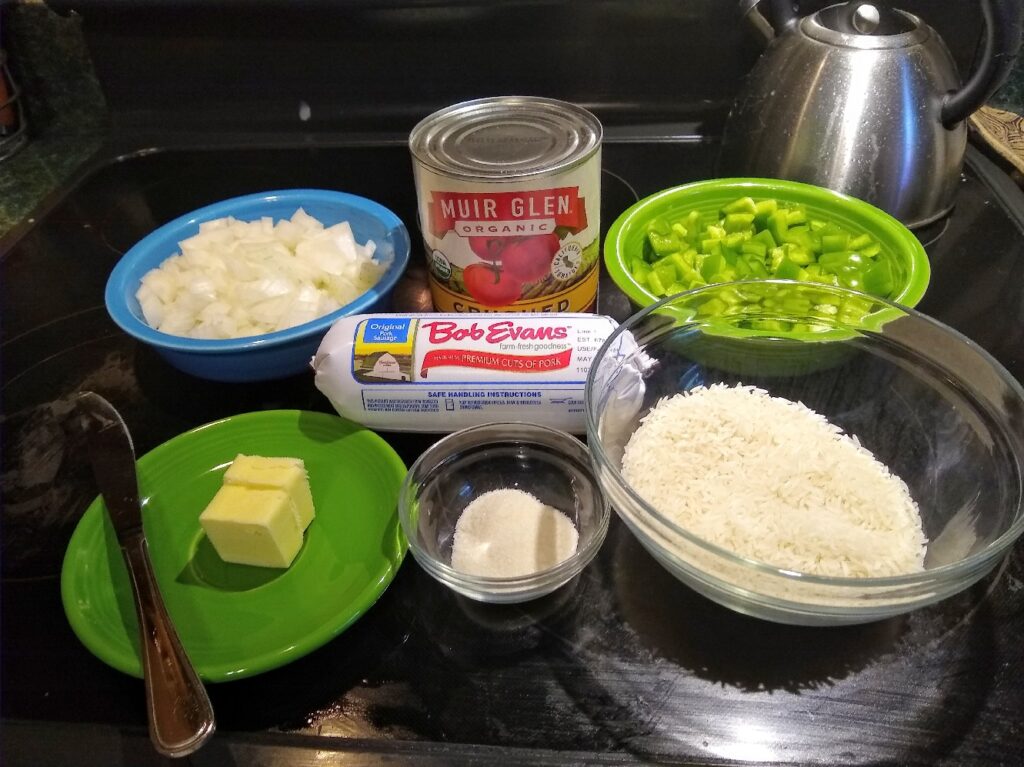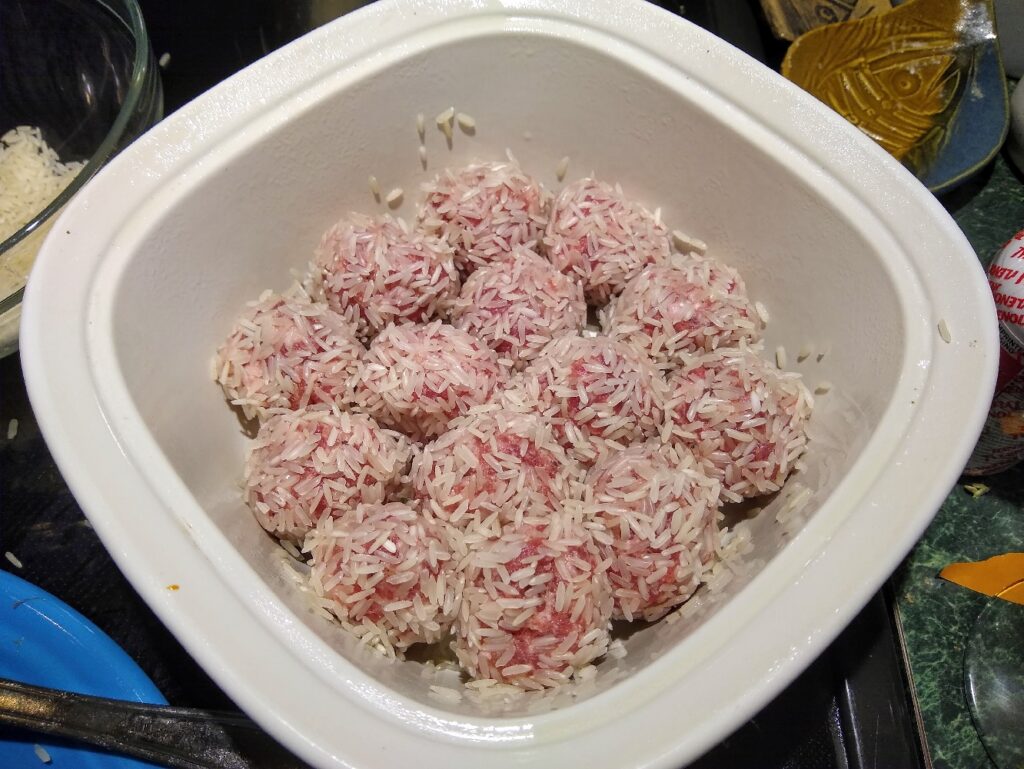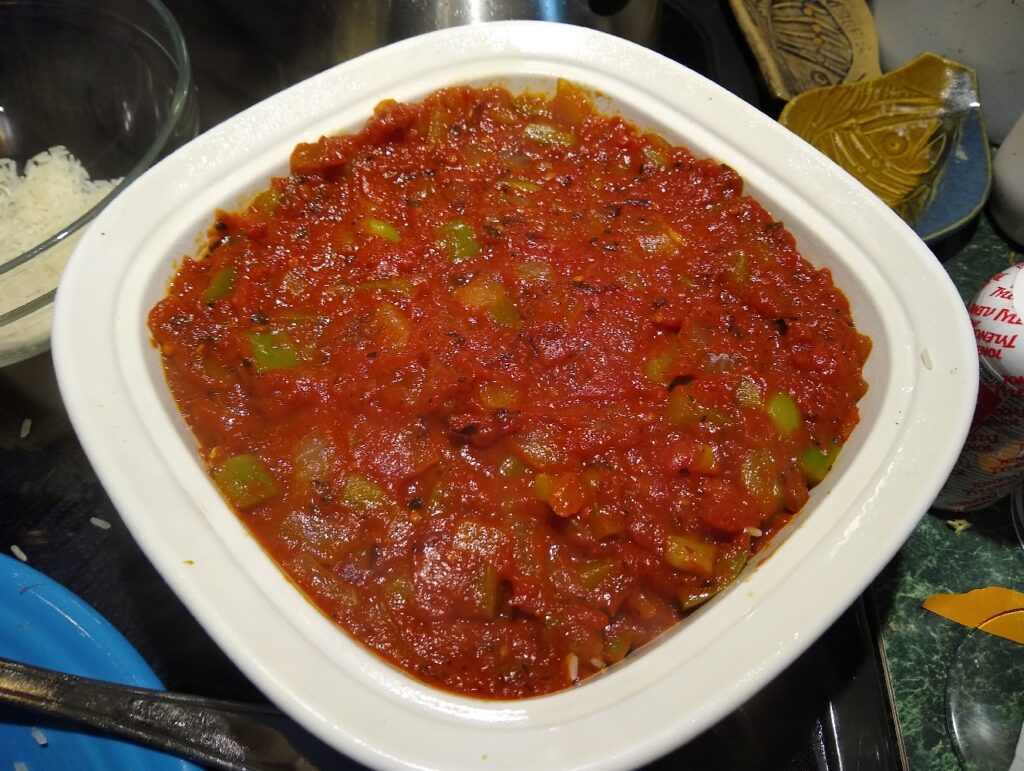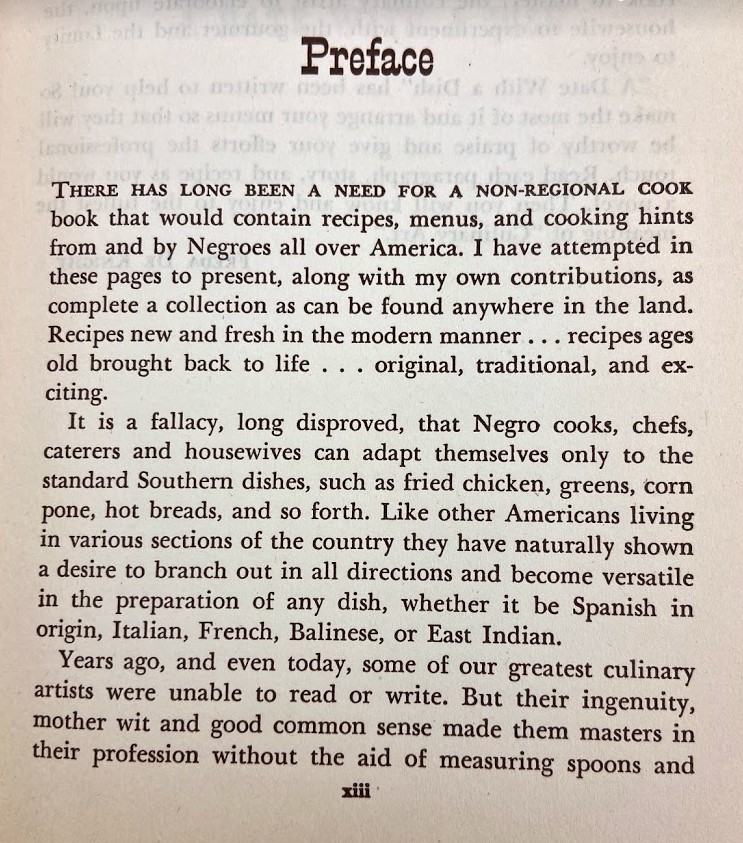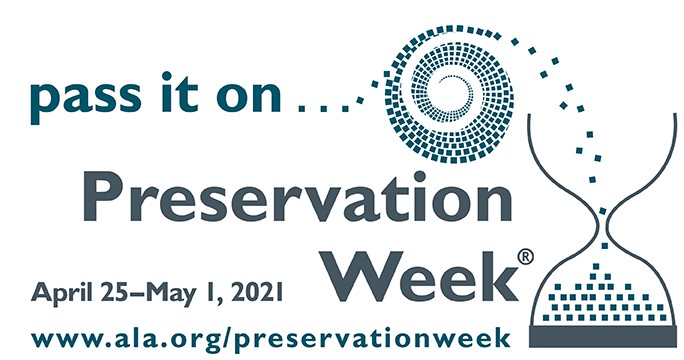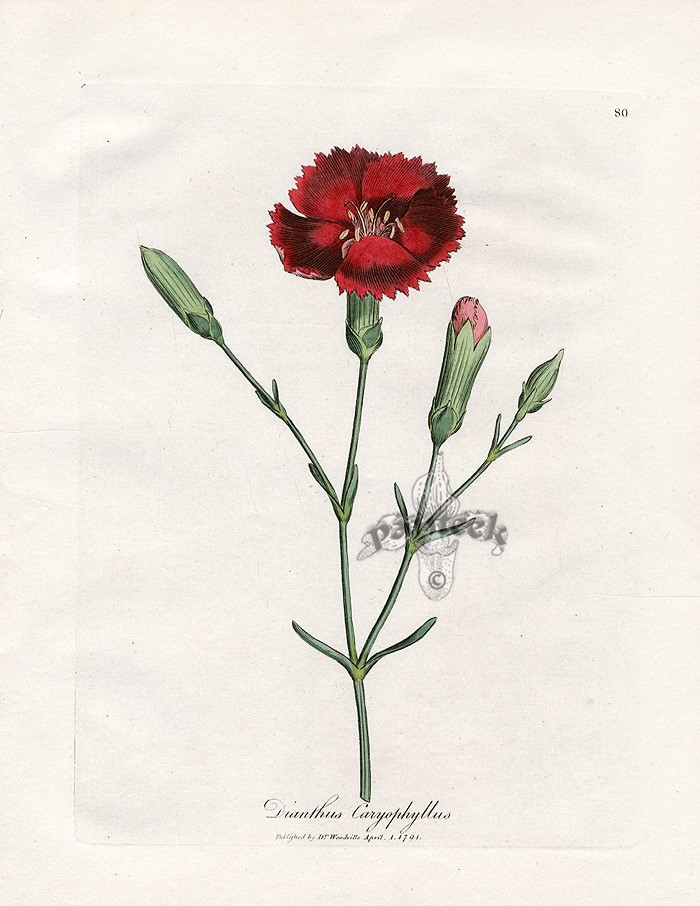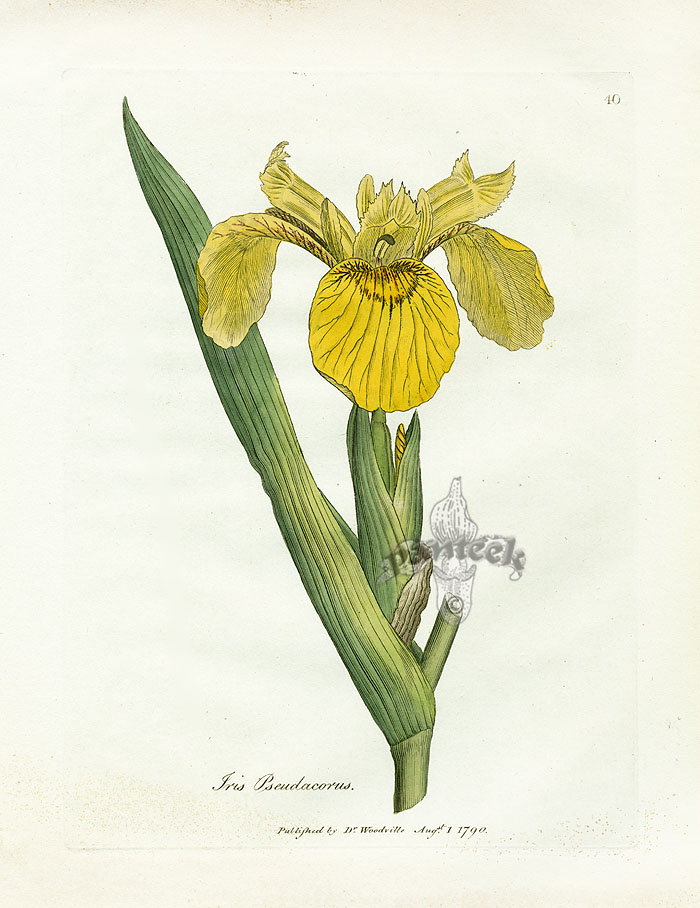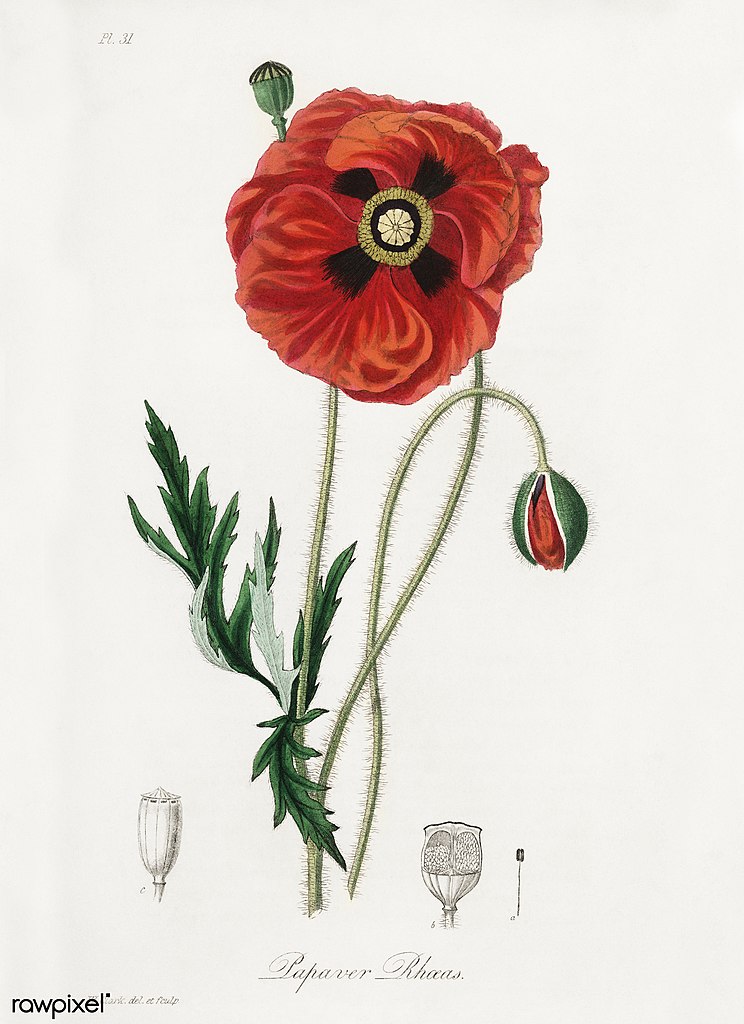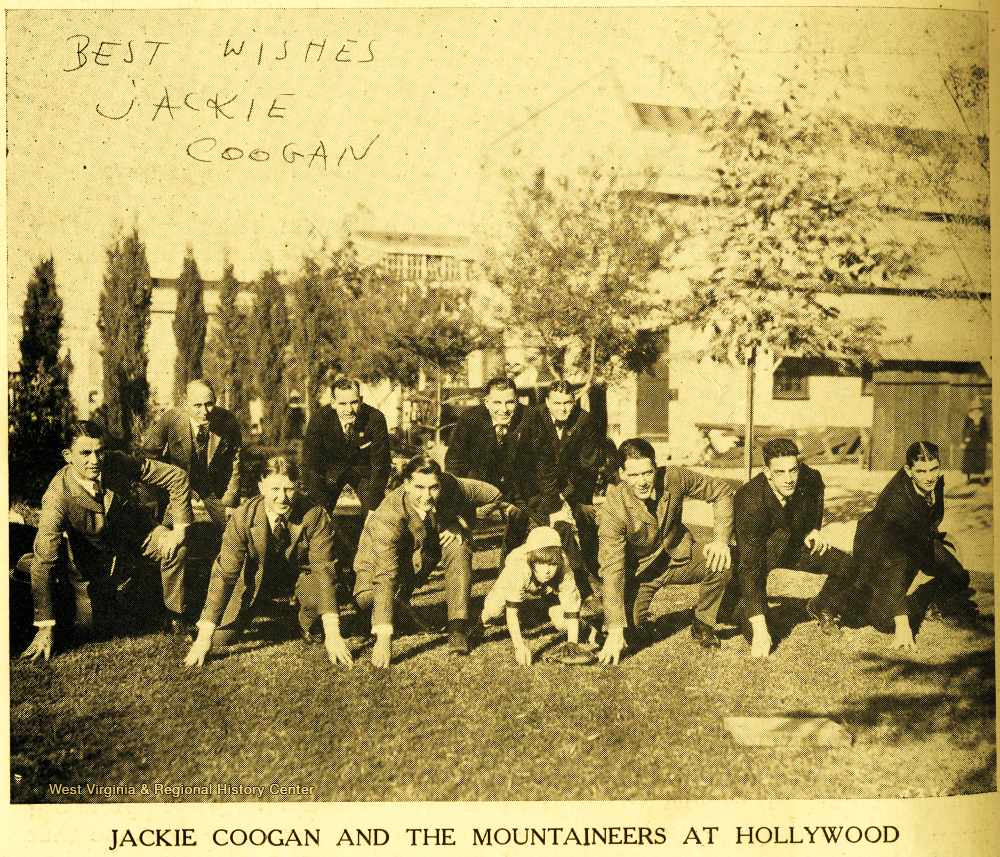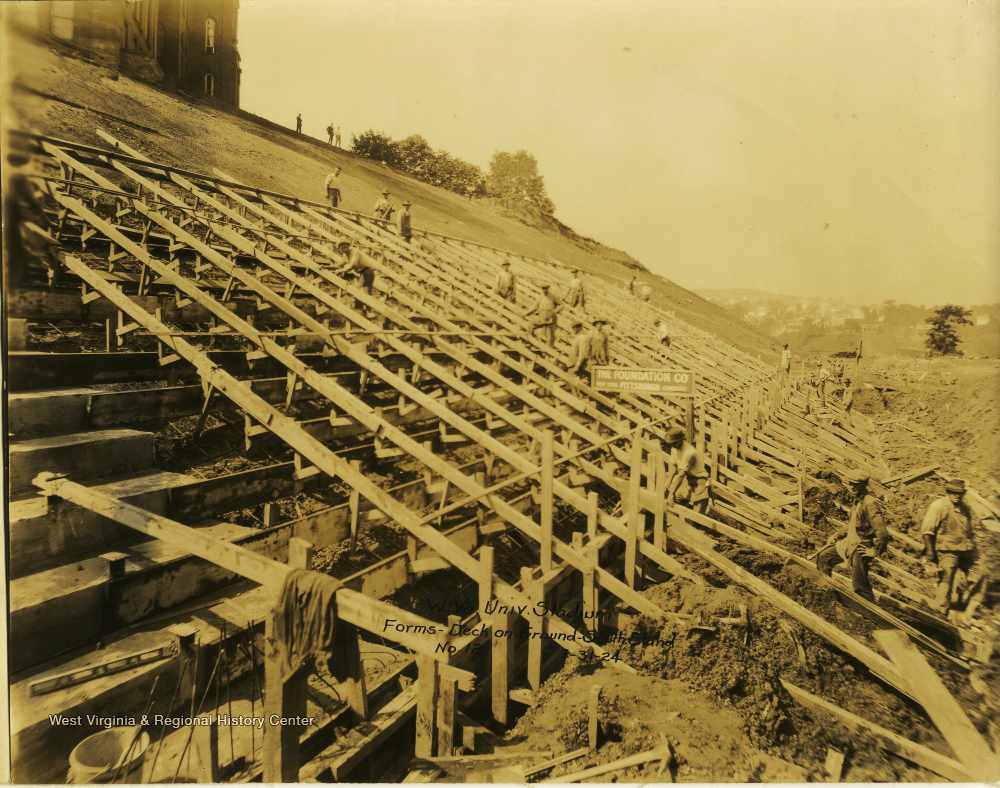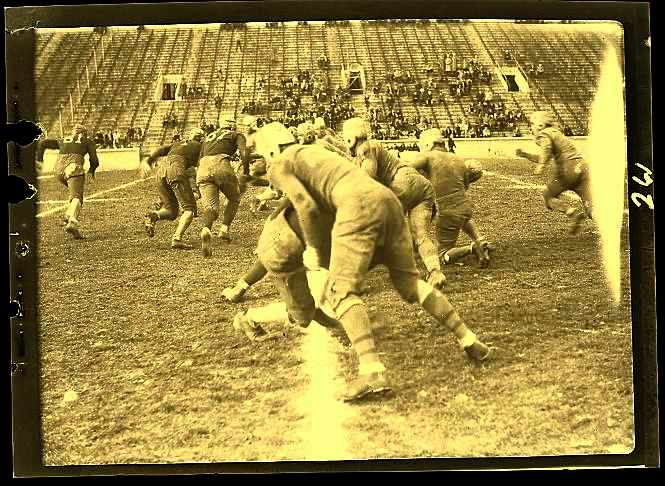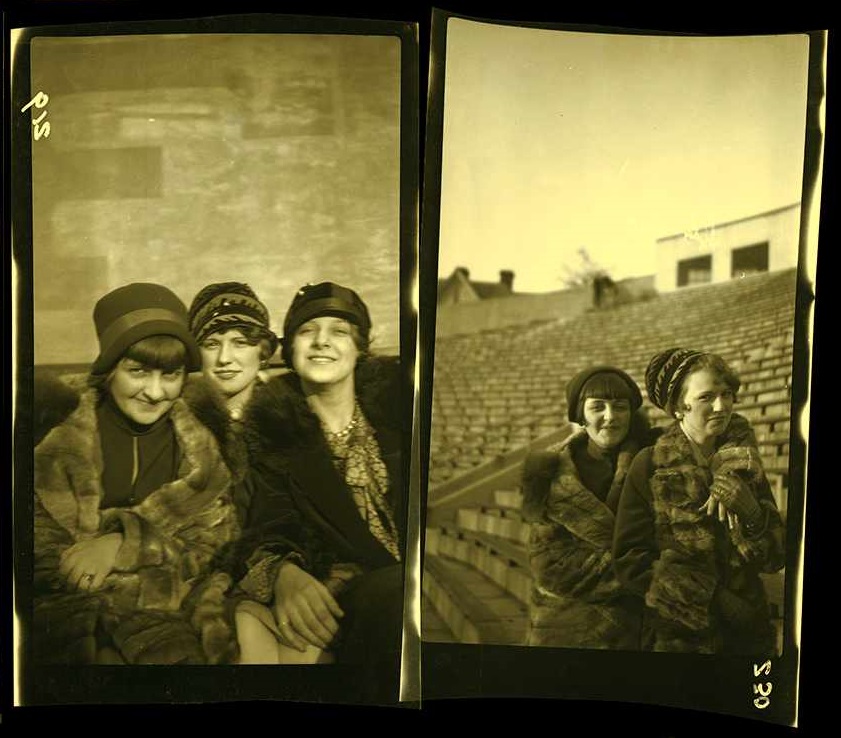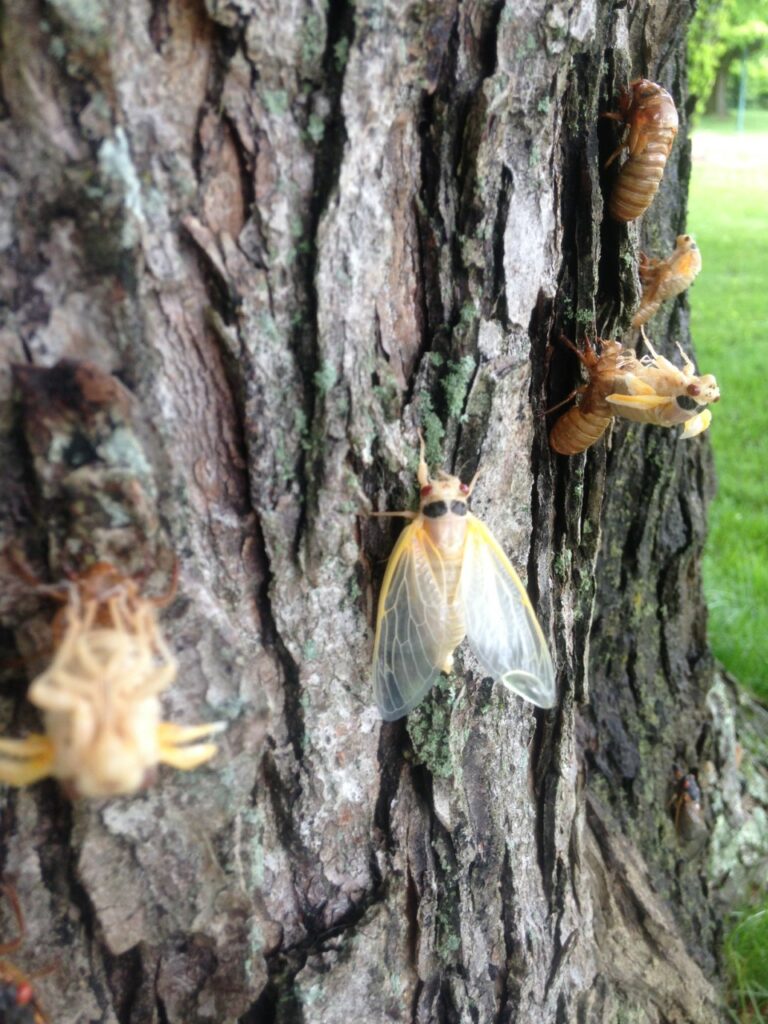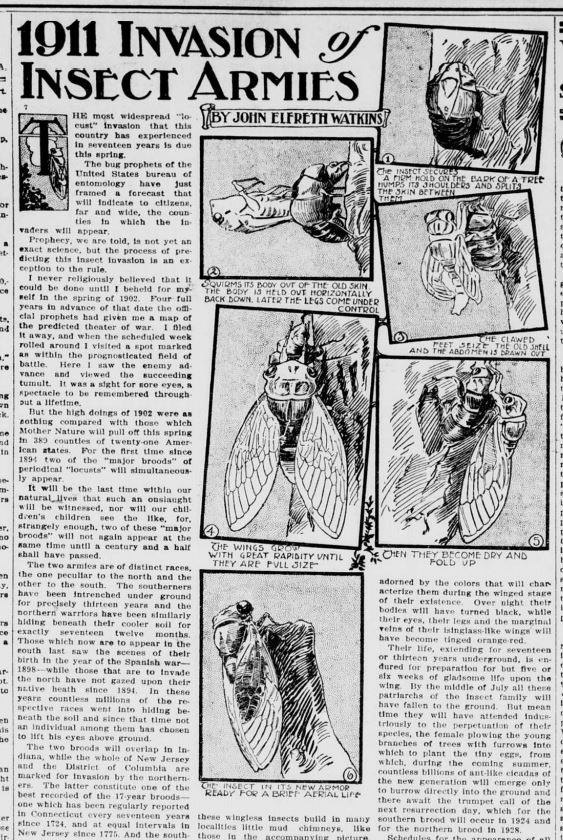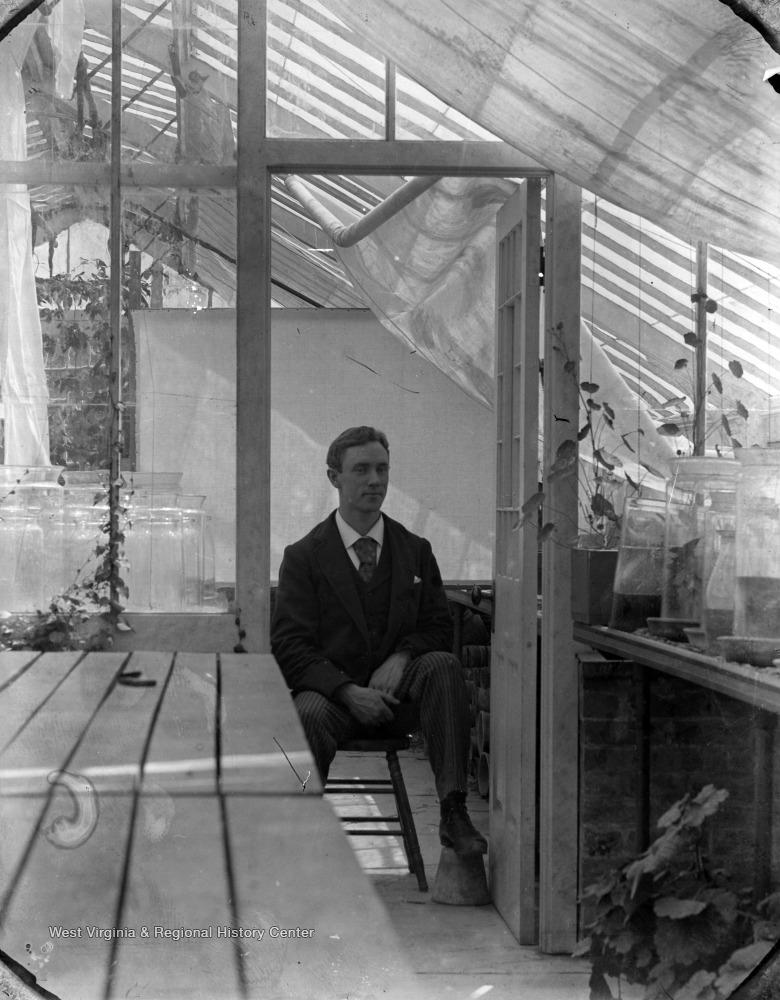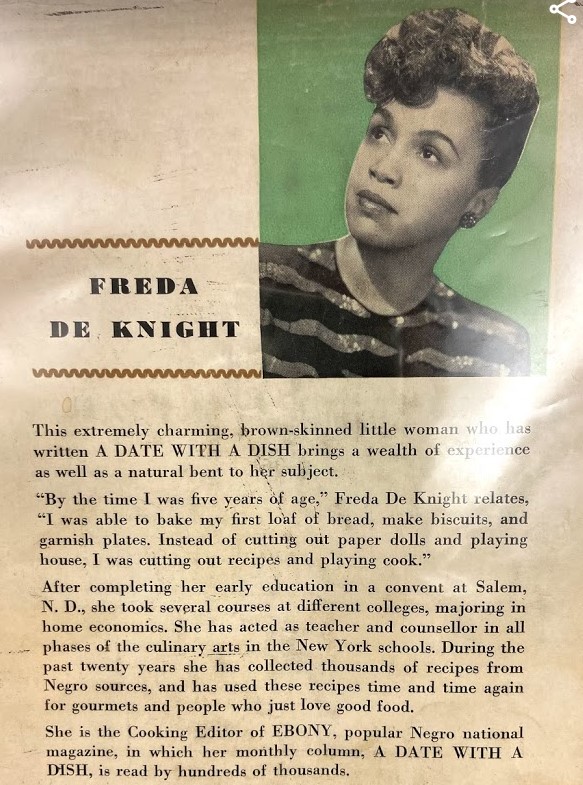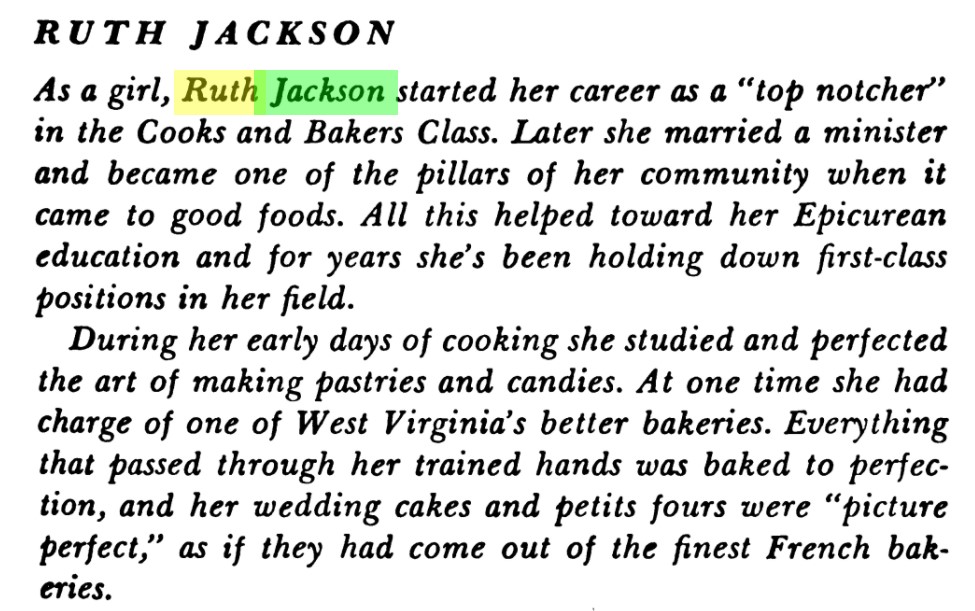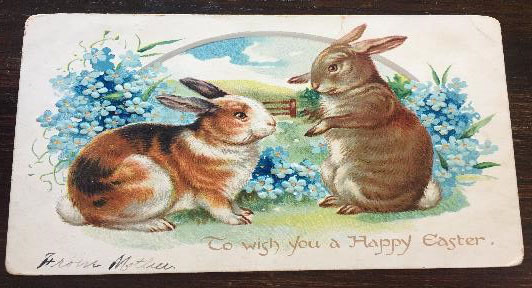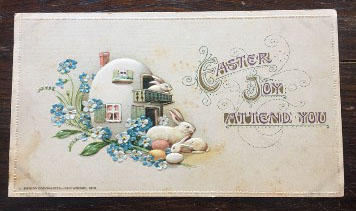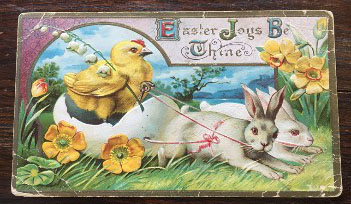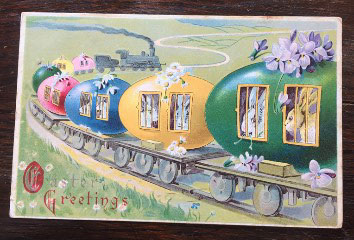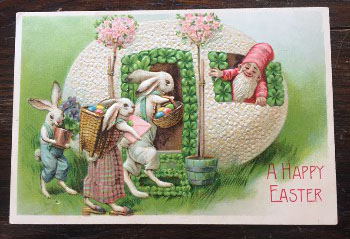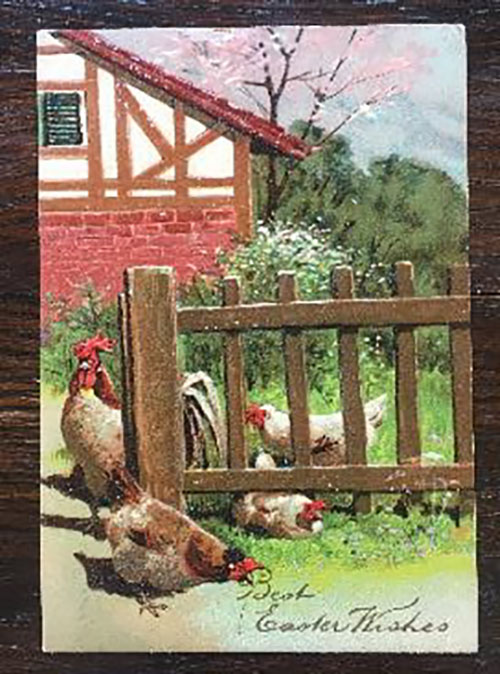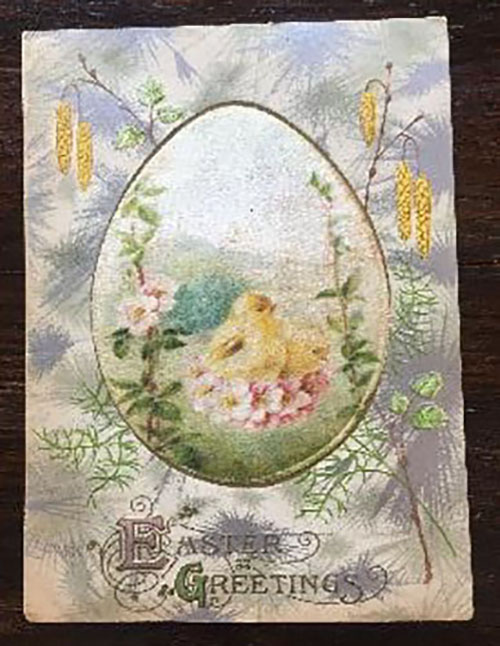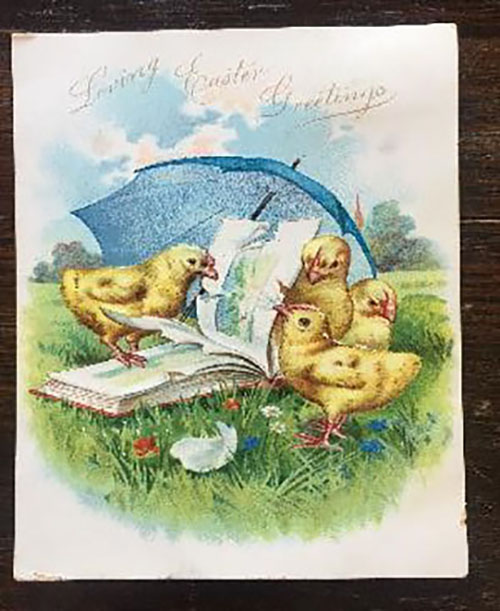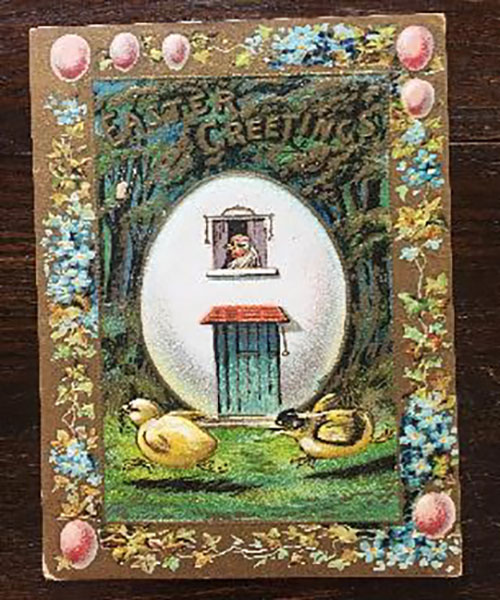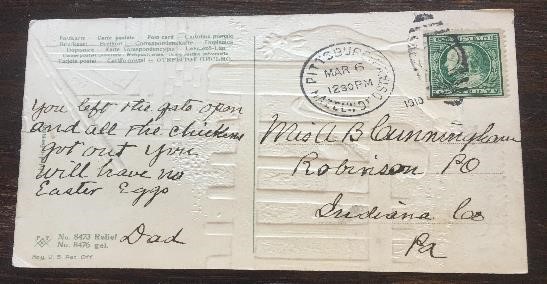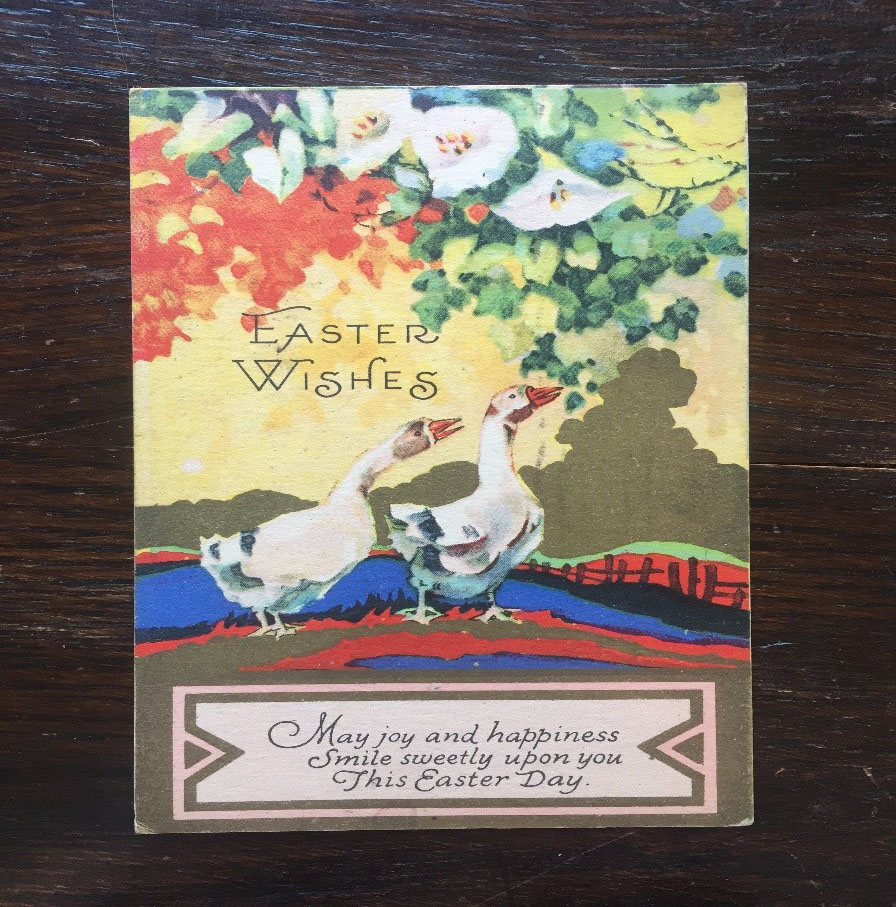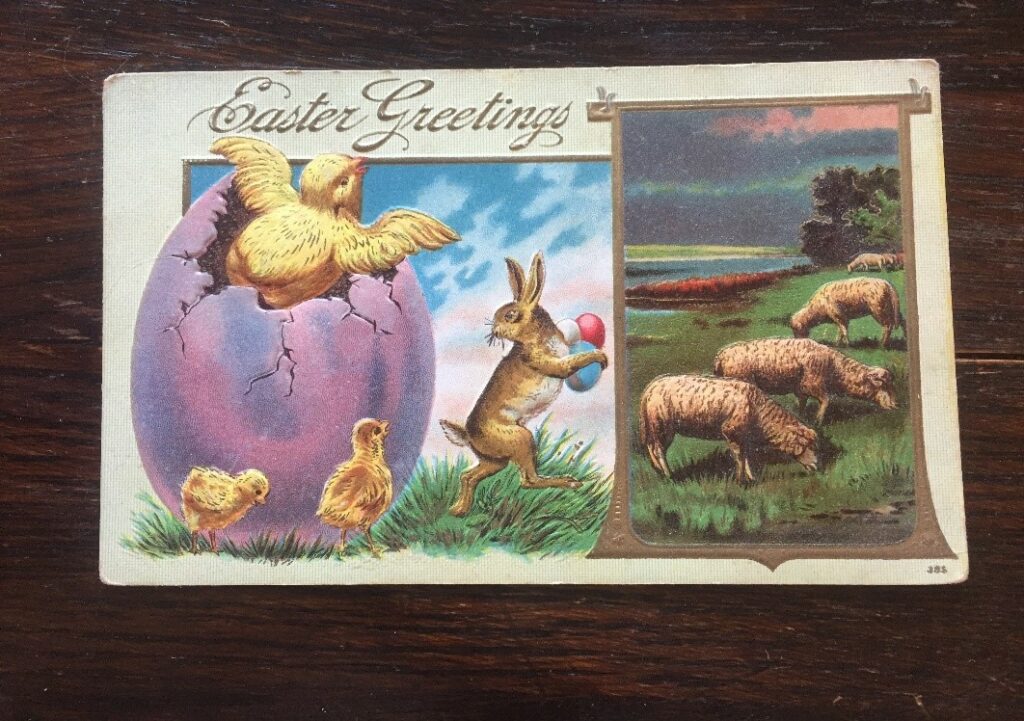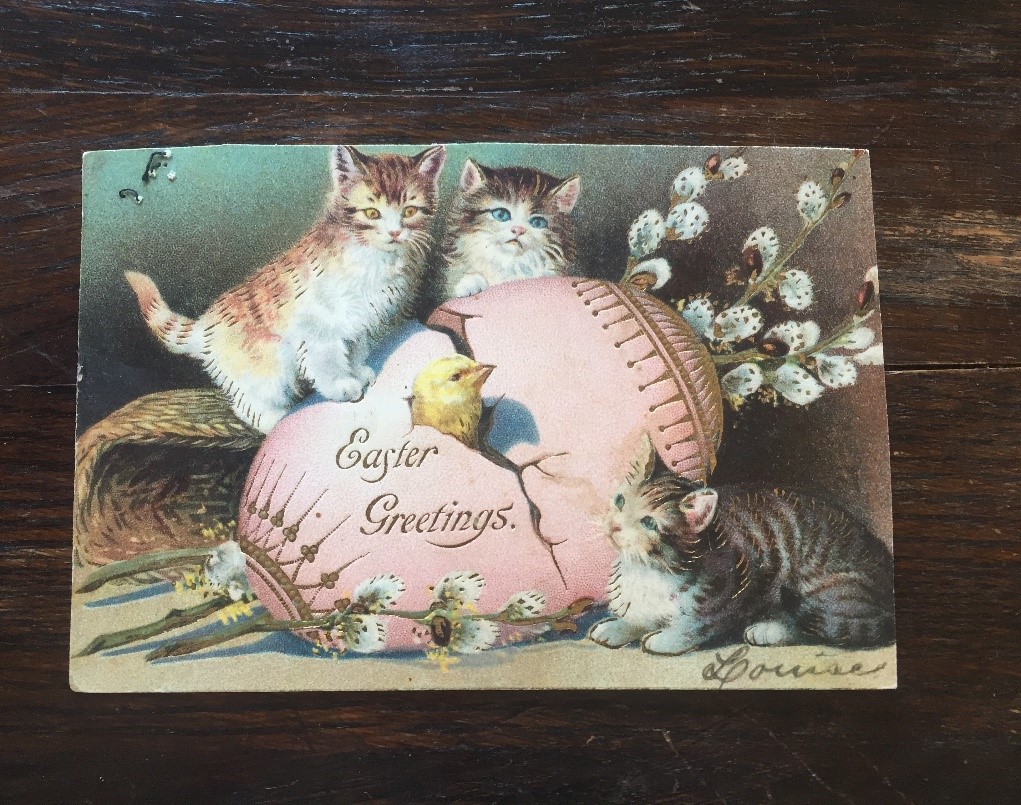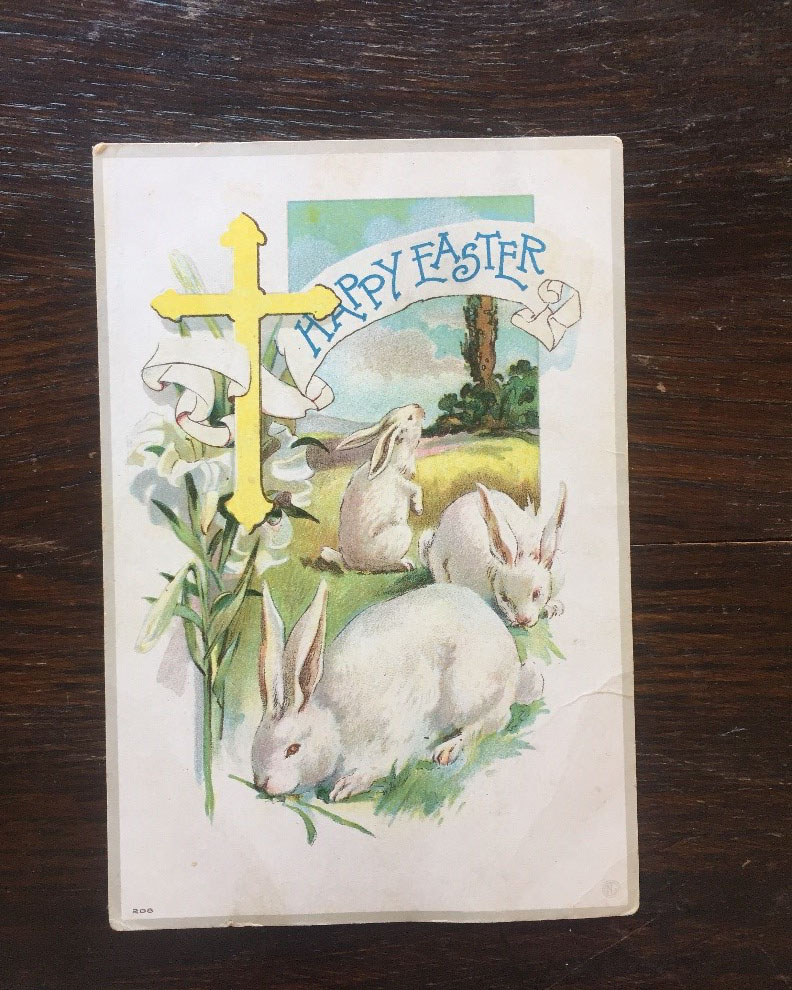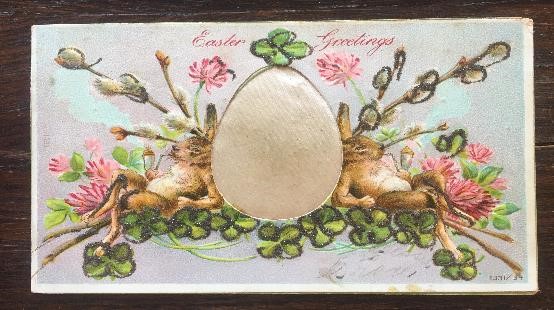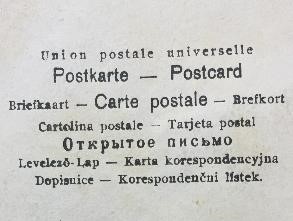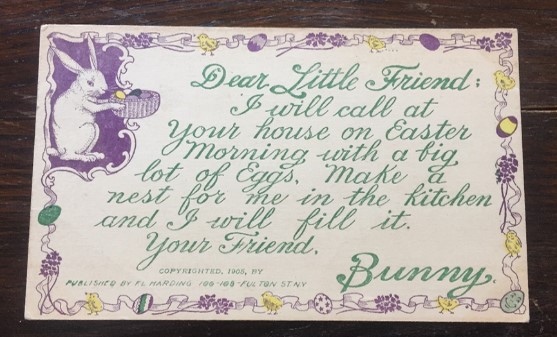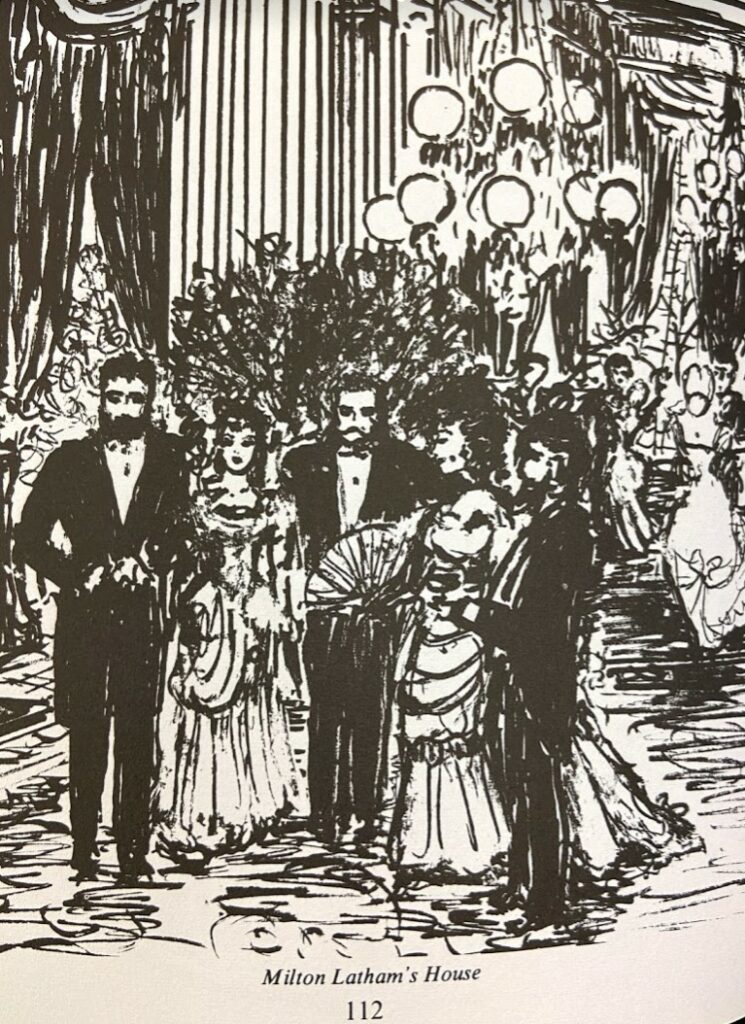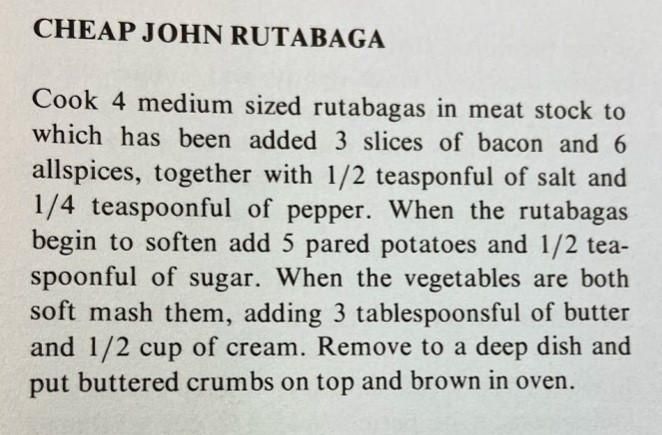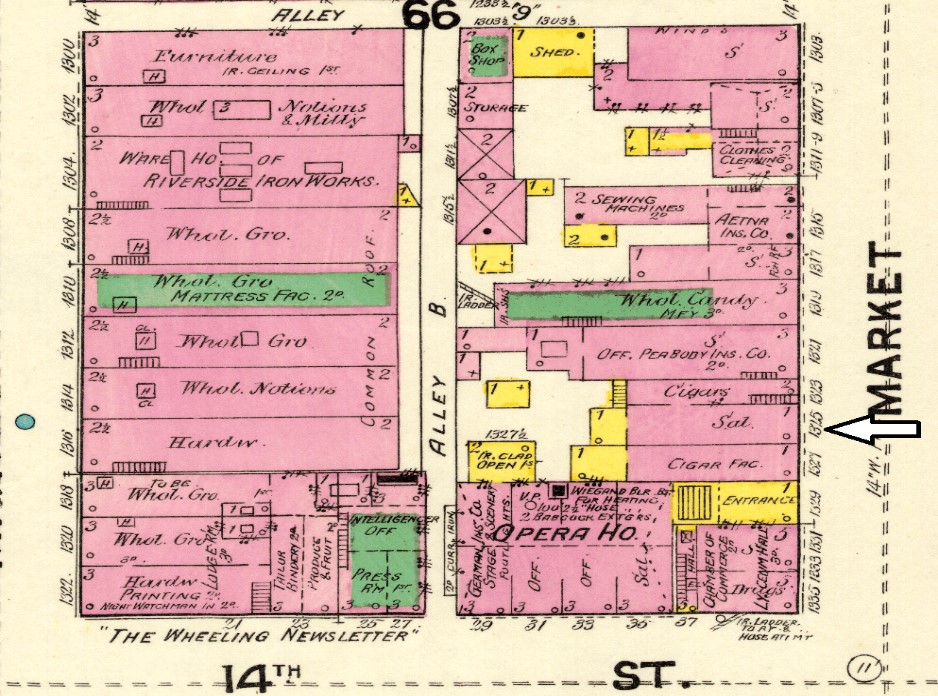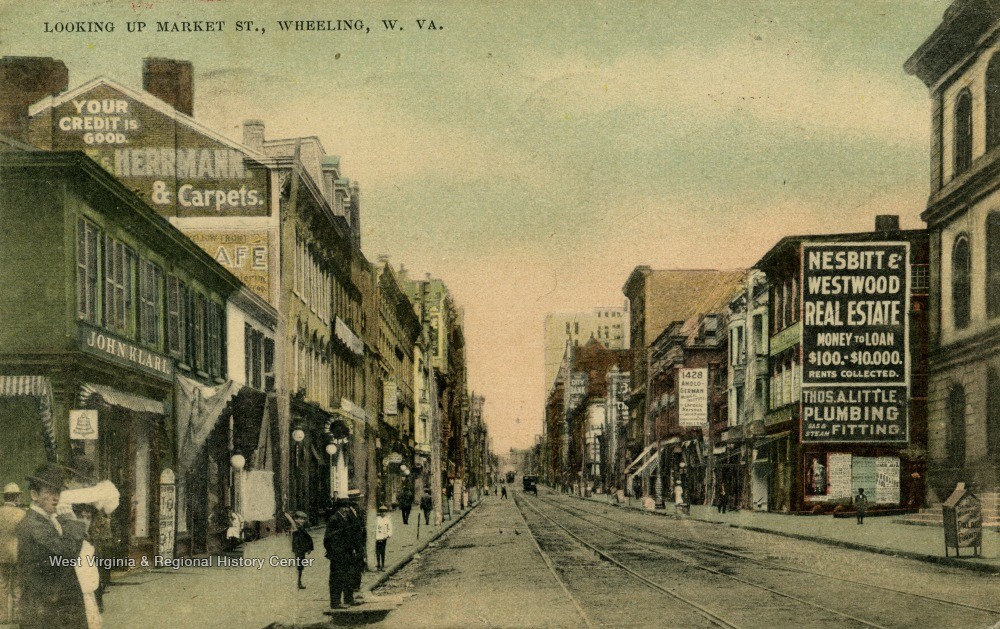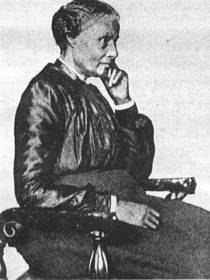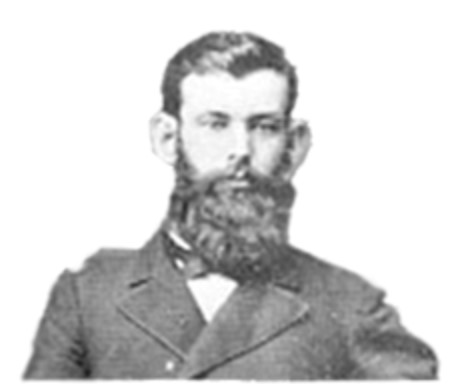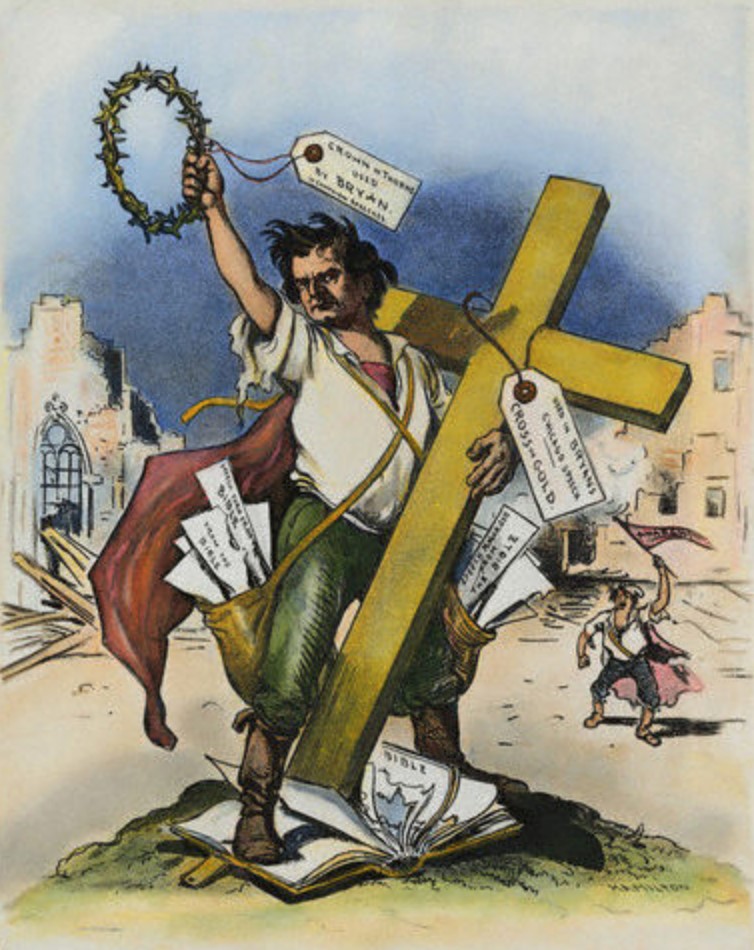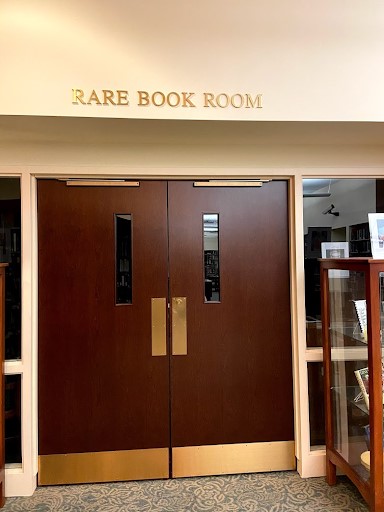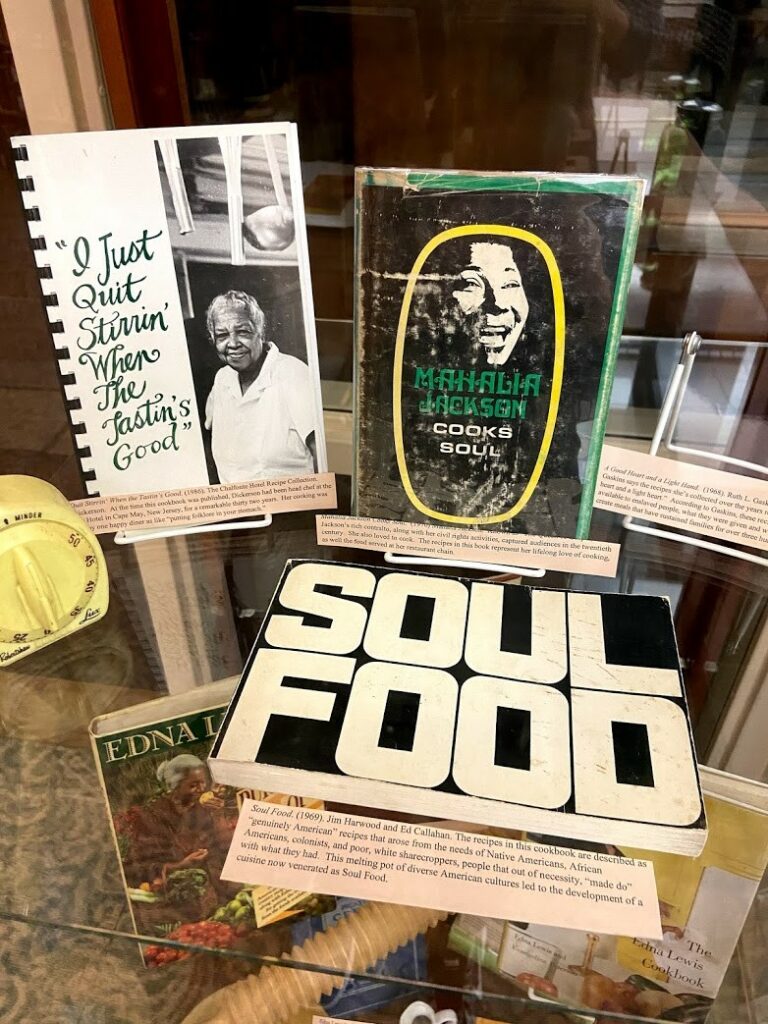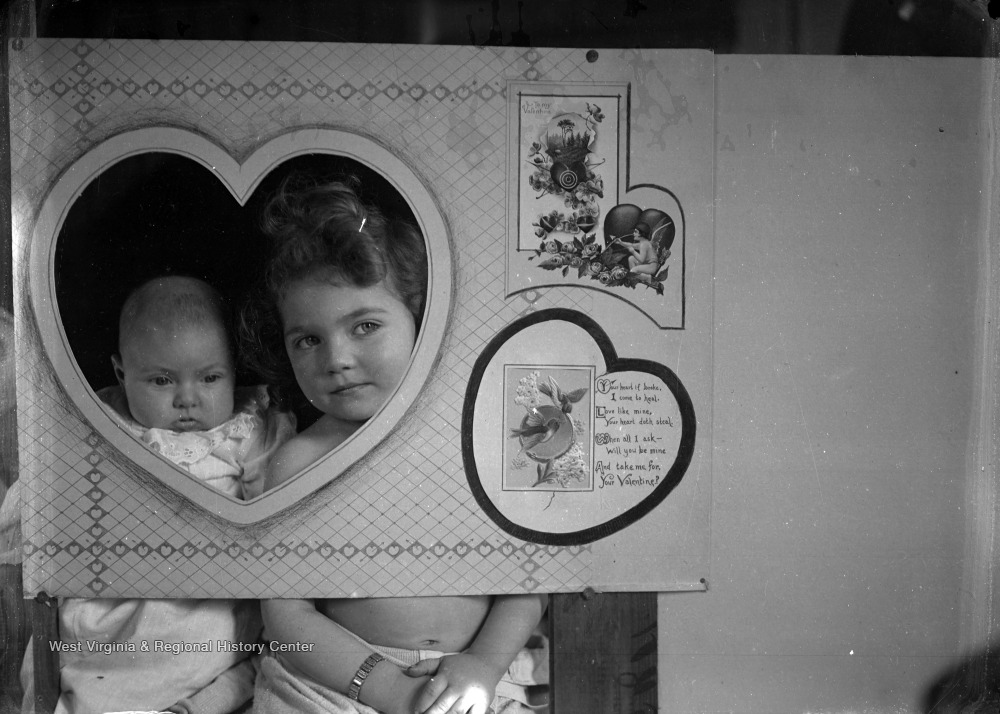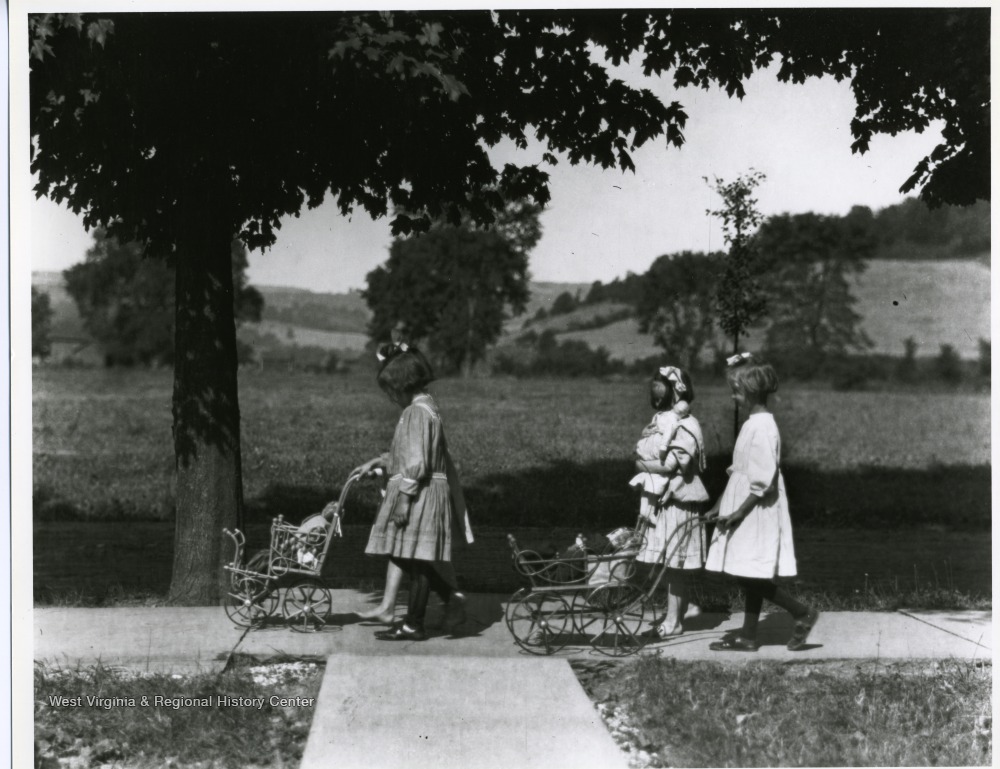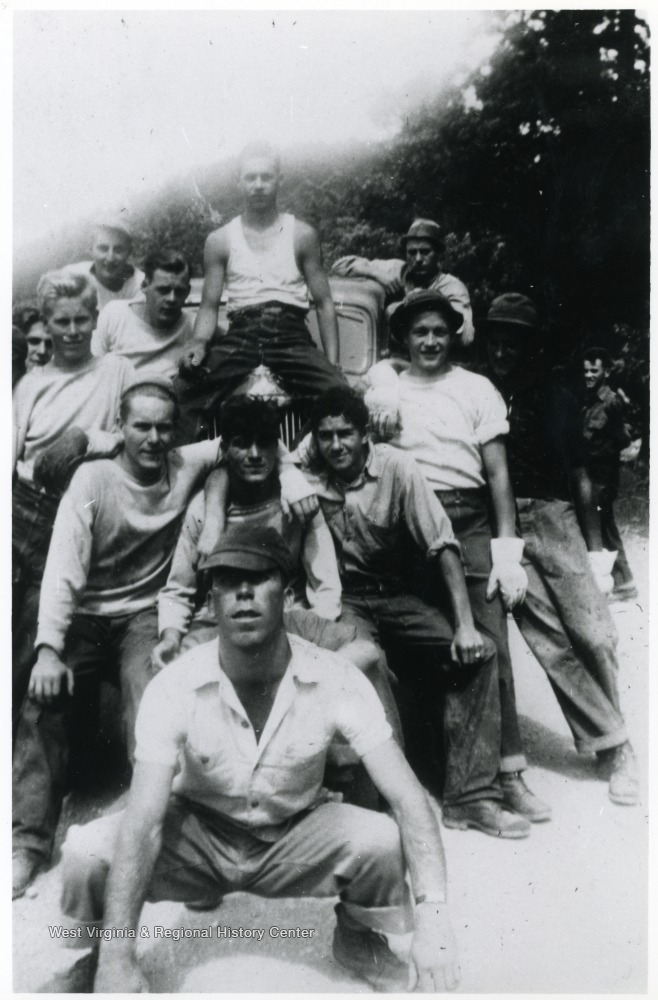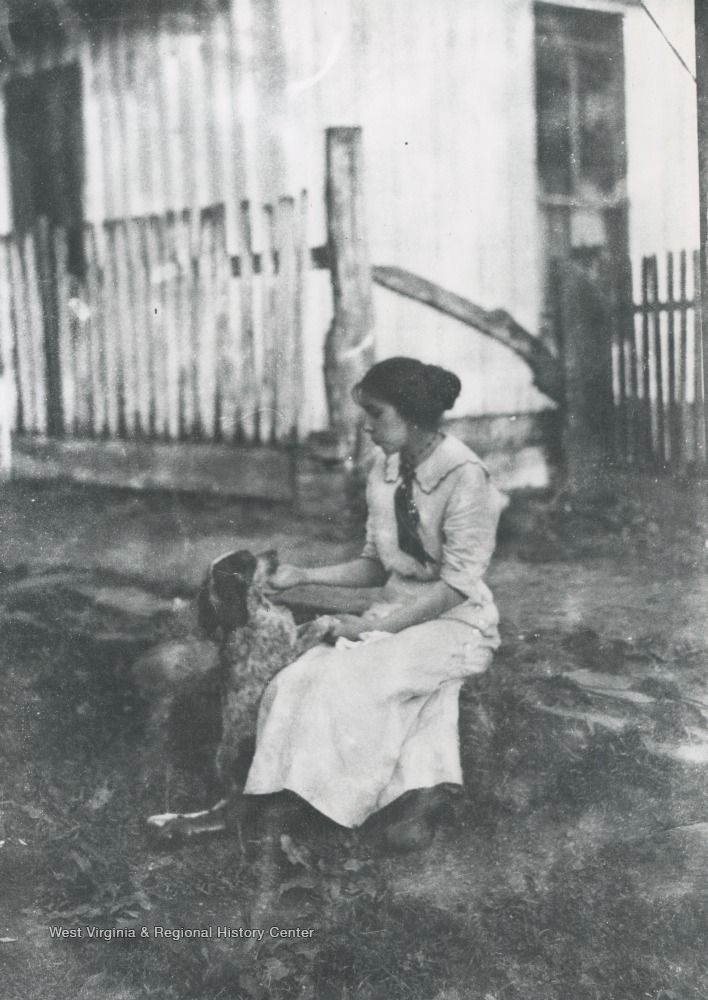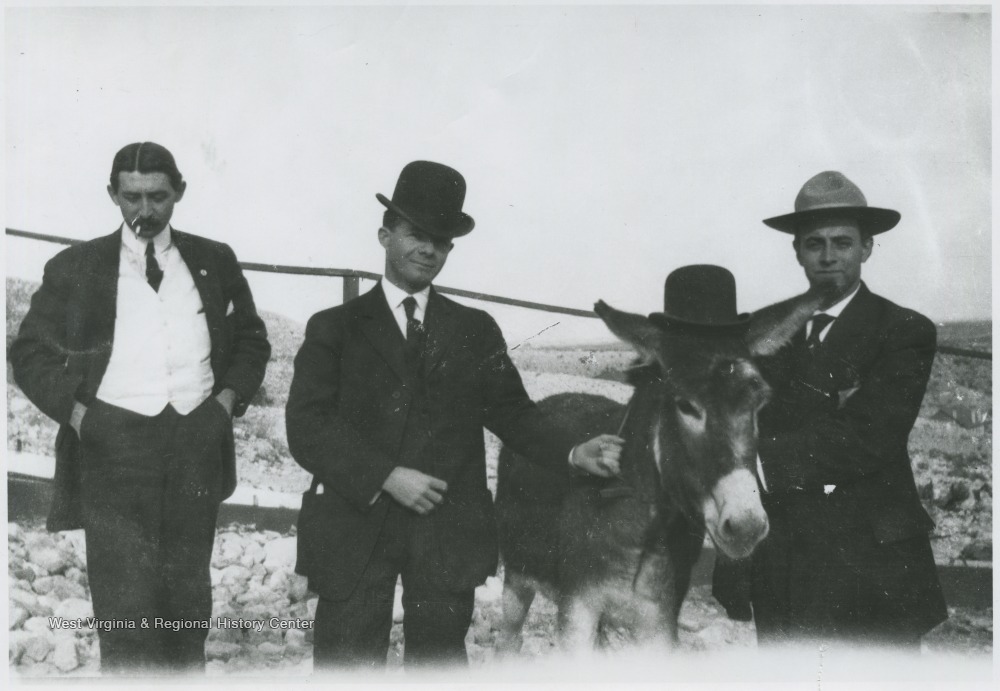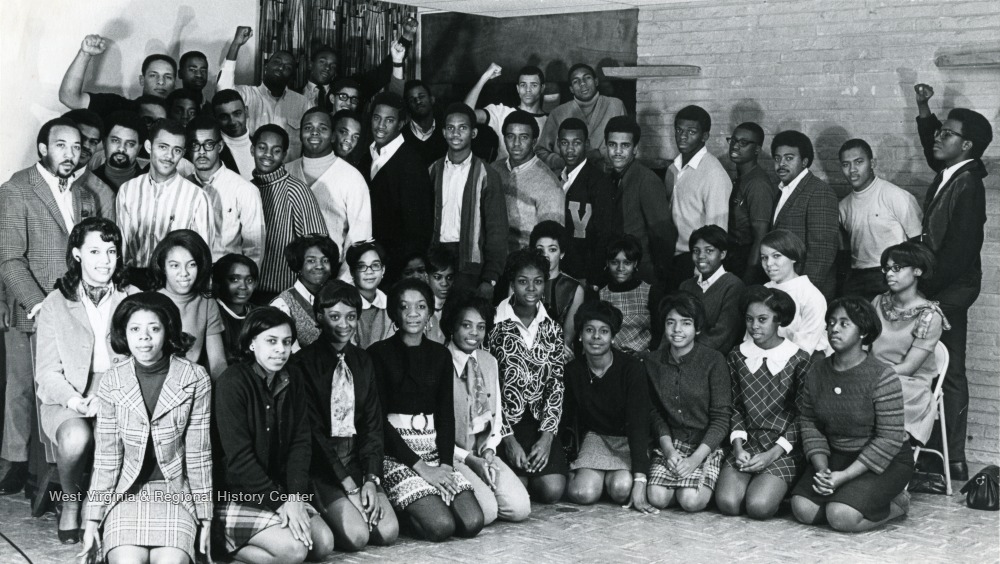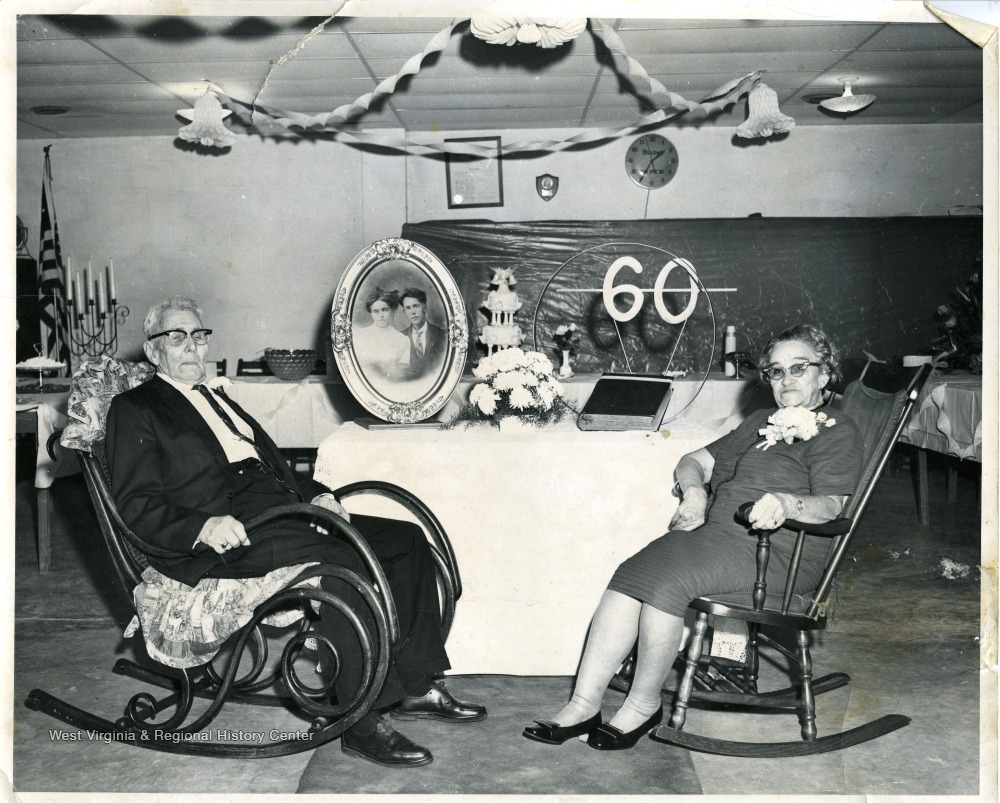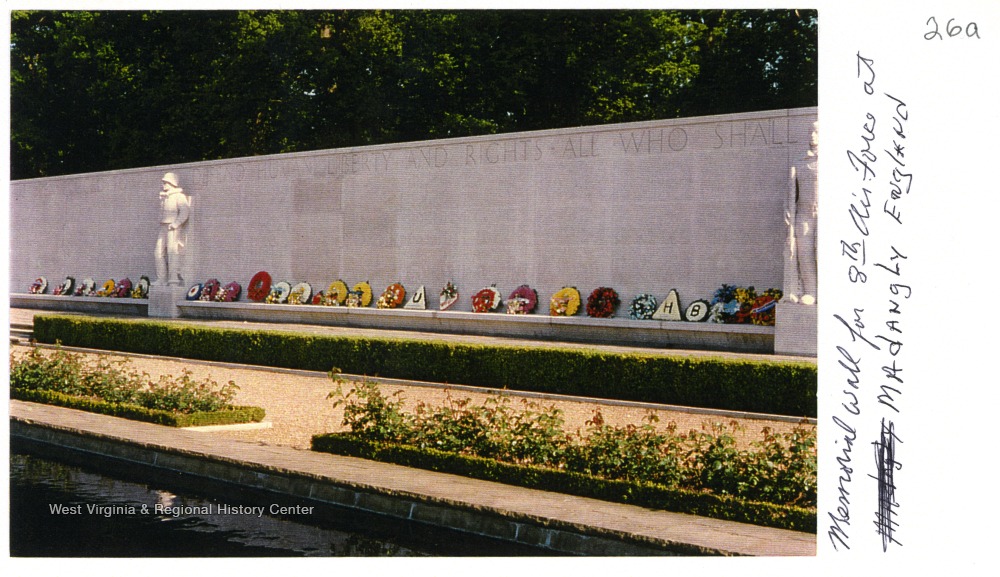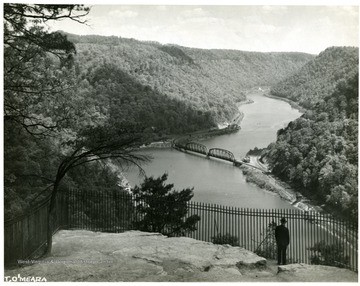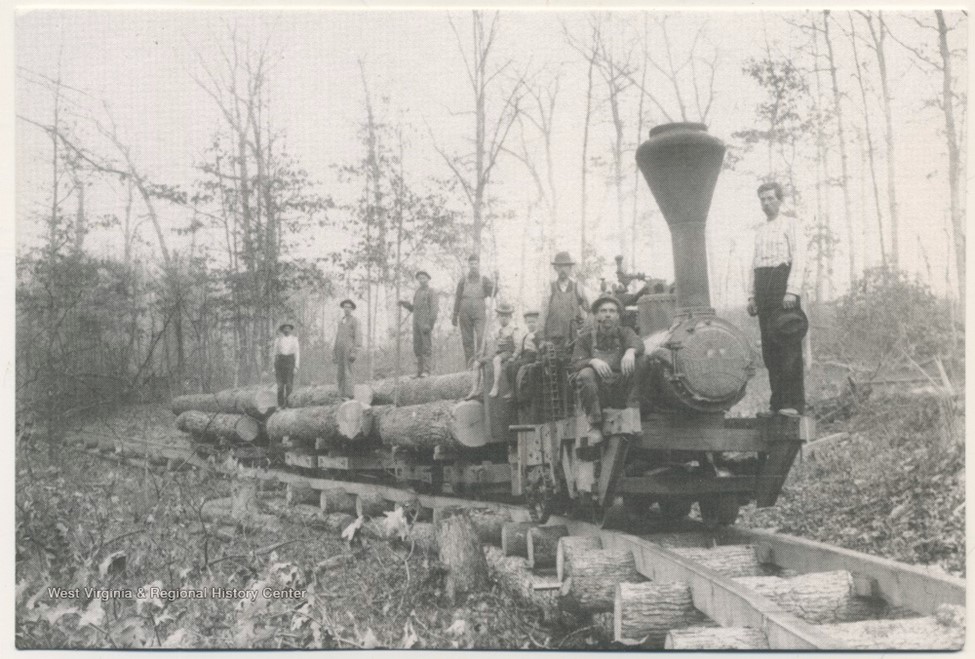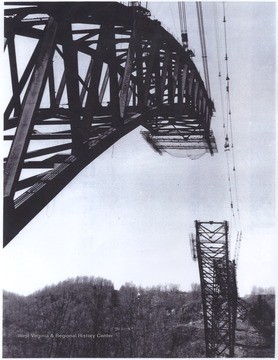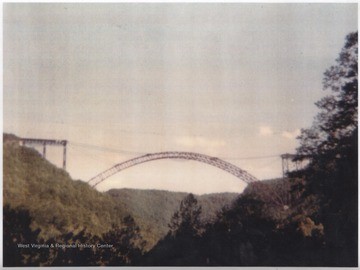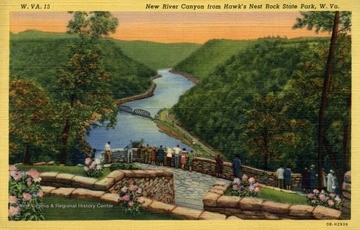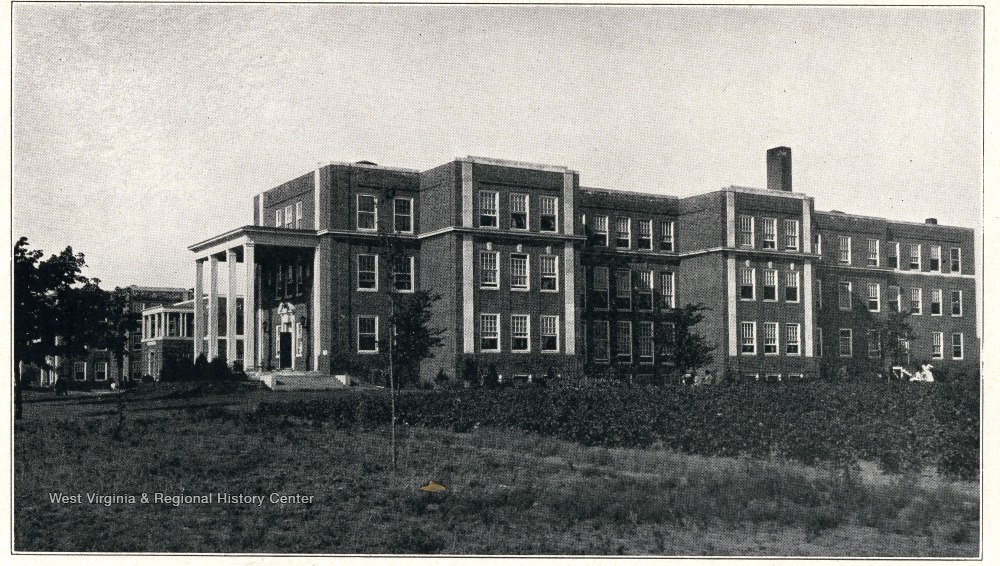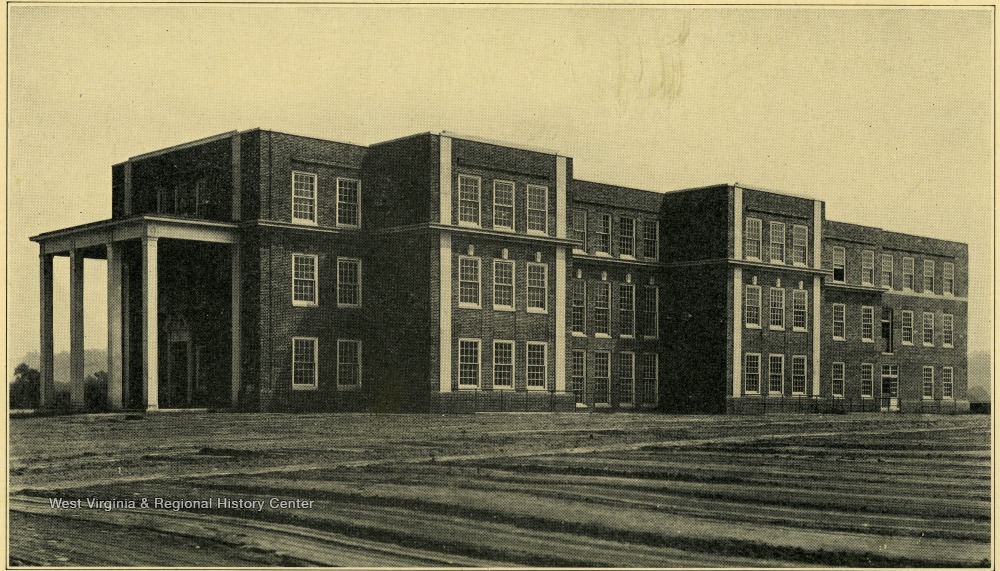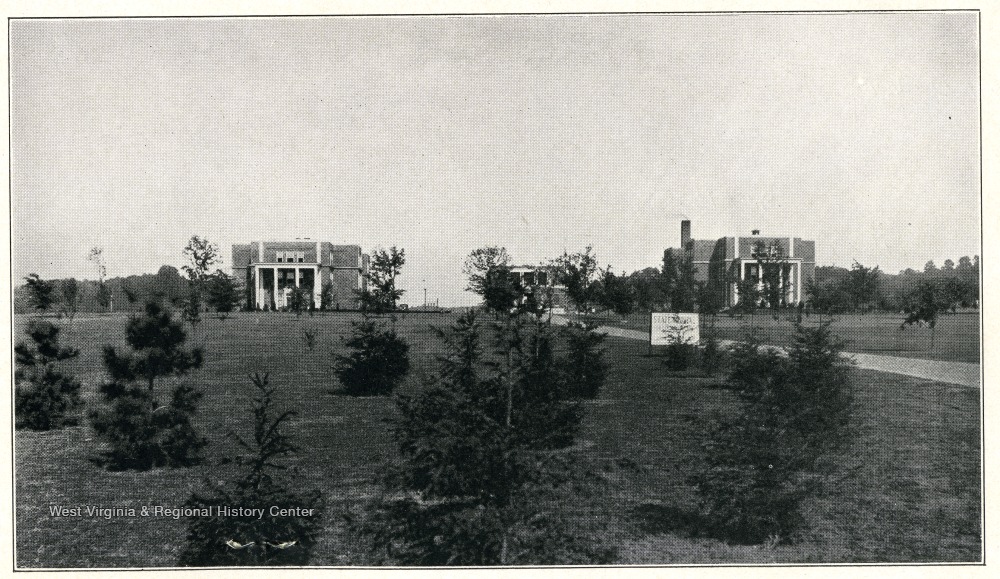The Martinsburg Independent
Posted by Admin.June 7th, 2021
Blog post by Rachael Barbara Nicholas, WV National Digital Newspaper Project grant assistant, WVRHC

The Martinsburg Independent, formerly the Martinsburg Weekly Independent, could proudly claim in 1900 that it was the oldest newspaper in Berkeley County. The first editorial partnership, the Independent Printing Co., published the Weekly Independent and its successor from 1873 to 1879. They knew “that an independent, courageous newspaper, one that should be the reflex of no single man’s mind, that should be free from party trammels, and which would express its honest judgment without fear or favor, was needed in Berkeley County.” The eight sheets that comprised the Martinsburg Independent contained local news, national news, poems and stories, and advertisements. The editors printed material critical of both parties, including their preferred party, the Republicans. In the waning days of Reconstruction, they published a special dispatch denouncing Republicans “for the wrongs which they have, since 1865, heaped upon the Southern white people.” The dispatch seemed to verify the Independent’s position as a paper “Unawed by Influence, and Unbribed by Gain.” The Independent did not hesitate to share its opinions, even when that meant crossing party lines.
However, independence was never synonymous with neutrality. Throughout its publishing history, the Martinsburg Independent engaged with politics. It became especially bold under John Nelson Wisner, a prominent attorney, and his co-editor, W. T. Logan, to whom control of the Independent passed in 1879. The advent of the Progressive Era brought with it new topics that editors could not wait to address: labor unions, prohibition, and women’s suffrage. Wisner took a special interest in women’s suffrage, although the articles he chose for publication were generally negative. One contributor, quoted on March 27, 1886, praised the formative influence women had on great men as mothers. He feared the future would lack George Washingtons, John Wesleys, and Garfields because “woman certainly [could not] attend properly to her duties at home, and, at the same time, mix in politics.” This notion of Republican motherhood, an eighteenth-century ideology, found proponents amongst men and women. Advocates of Republican motherhood and the Cult of Domesticity praised the civilizing influence of women in the Independent. “In the age of chivalry it was the beauty of woman that wrestled successfully against barbarism,” one wrote. Only “she softened the rude manners of the warrior… and thus civilized those whose hearts could be touched by no other human power.” The author therefore concluded that women should not rule or participate in government. “Let her fill the sphere appointed her by nature,” he advised, and there “she will be a true sovereign.”

Independence did not preclude Wisner from encouraging policies that were associated with a particular party. At the height of the Progressive Era, Wisner championed the gold standard, a policy the Independent shared with its Republican neighbor, the Martinsburg Herald. On the subject of free silver, Wisner said he would be for it if he could “get any of it free” before asking, sarcastically, if “the free silverites [would] first arrange to dump a car load into our coffers.” He continued to defend the gold standard even when the Democratic Statesman accused him of breathing “the sweetest, loftiest praises” of President Cleveland, a Democrat. “We simply stood upon the financial policy of the Republican Party, and the President happened to be a gold man,” Wisner retorted. “This is as far as we went.” For all intents and purposes, Wisner was a Republican. He led the party in Martinsburg, and other newspaper editors referred to him accordingly.
The turn of the century dawned on a potentially bright future for America but not the Martinsburg Independent. Wisner was struggling to obtain payments from subscribers in 1899, lamenting “[that] the new dress for the Independent, recently promised, has been delayed for want of funds.” He pleaded with his readers for more money and apparently received enough to continue printing for most of 1900—but not all of it. The Shepherdstown Register reported in December that Wisner had discontinued the Independent, as did the Spirit of Jefferson. Wisner retired his printing press and died three years later at the age of fifty-eight.

Additional Sources:
- The Independent Printing Co., “Volume 2, No. 1,” The Martinsburg Weekly Independent, Martinsburg, West Virginia, April 4, 1874.
- The Independent Printing Co., National Republican Ticket, The Martinsburg Independent, Martinsburg, West Virginia, October 28, 1876. The editors printed a copy of the National Republican ticket in 1876; they did not print the Democratic ticket for Samuel Tilden.
- Independent Printing Co., “The Republicans’ Scheme,” The Martinsburg Independent, Martinsburg, West Virginia, February 24, 1877.
- Independent Printing Co., Header, The Martinsburg Independent, Martinsburg, West Virginia, May 12, 1877. This was the paper’s official slogan.
- J. Nelson Wisner and W. T. Logan, “Business Change,” The Martinsburg Independent, Martinsburg, West Virginia, January 4, 1879. Logan left the partnership in 1884 because of poor health. See W. T. Logan, “To the Public,” The Martinsburg Independent, Martinsburg, West Virginia, August 23, 1884.
- E.E.U., “Woman Suffrage,” The Martinsburg Independent, Martinsburg, West Virginia, March 27, 1886.
- L. D-W. G., “Female Sovereignty,” The Martinsburg Independent, Martinsburg, West Virginia, March 27, 1886.
- J. Nelson Wisner, The Martinsburg Independent, Martinsburg, West Virginia, February 8, 1896.
- J. Nelson Wisner, The Martinsburg Independent, Martinsburg, West Virginia, January 16, 1897.
- George W. Haines, The Spirit of Jefferson, Charles Town, West Virginia, December 11, 1900; Unknown author, “John N. Wisner Dead,” The Baltimore Sun, Baltimore, Maryland, February 20, 1903.
- J. Nelson Wisner, “The New Dress,” The Martinsburg Independent, Martinsburg, West Virginia, December 16, 1899.
- H. L. Snyder, The Shepherdstown Register, Shepherdstown, West Virginia, December 13, 1900; Haines, The Spirit of Jefferson, December 11, 1900.
- Unknown author, “John N. Wisner Dead,” February 20, 1903.






